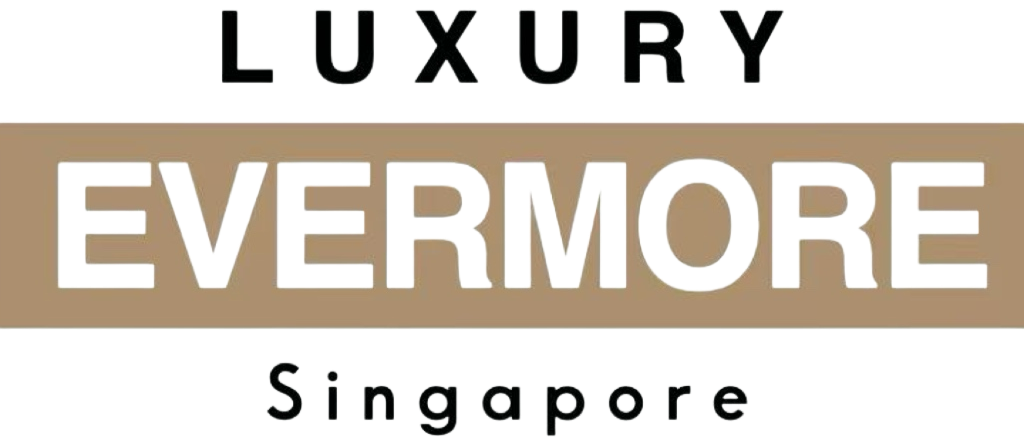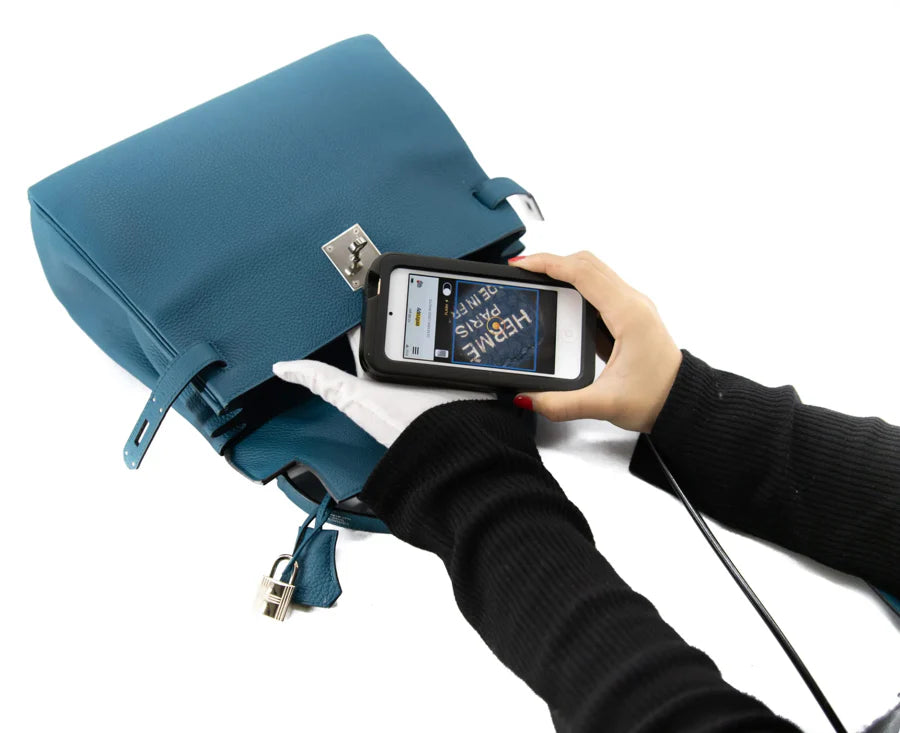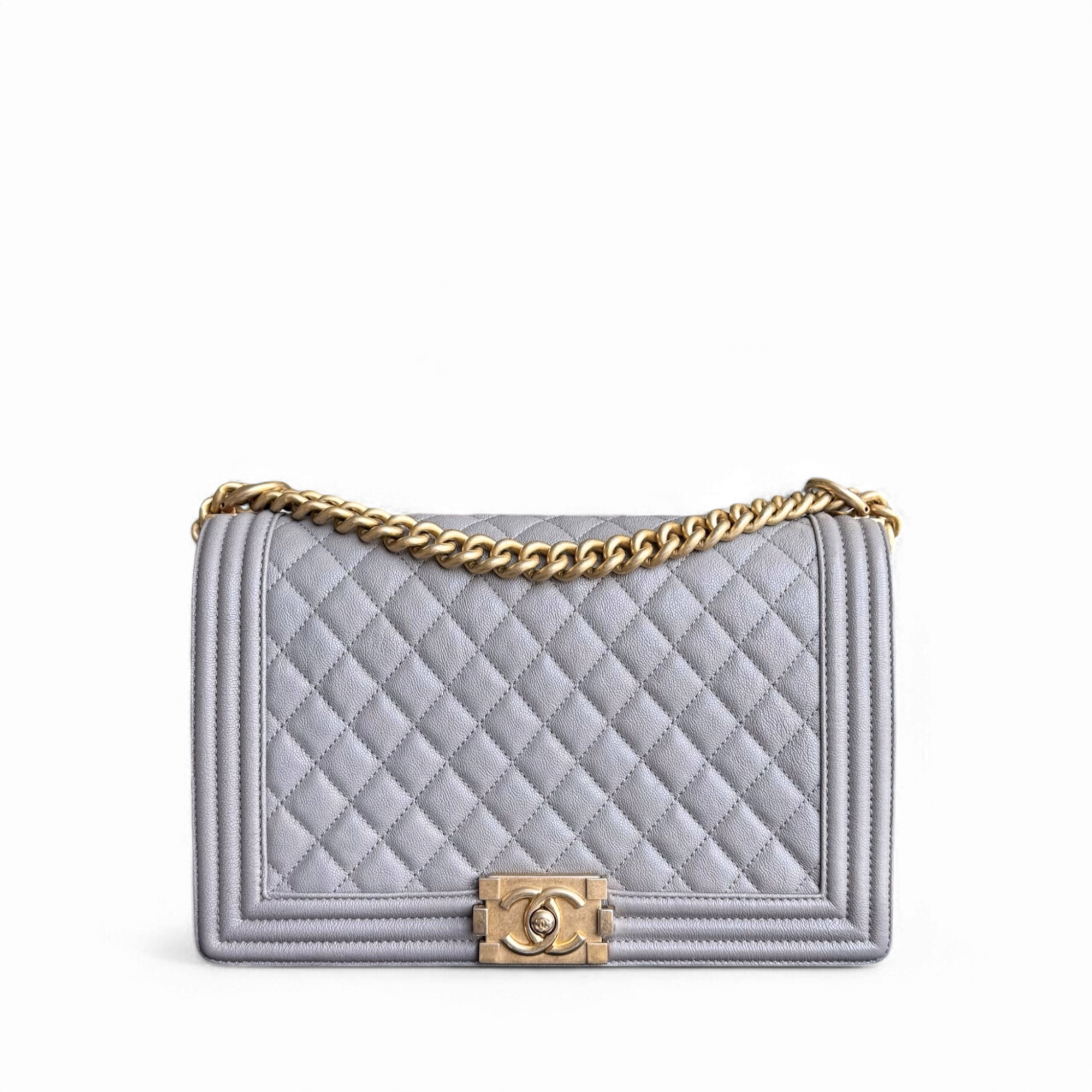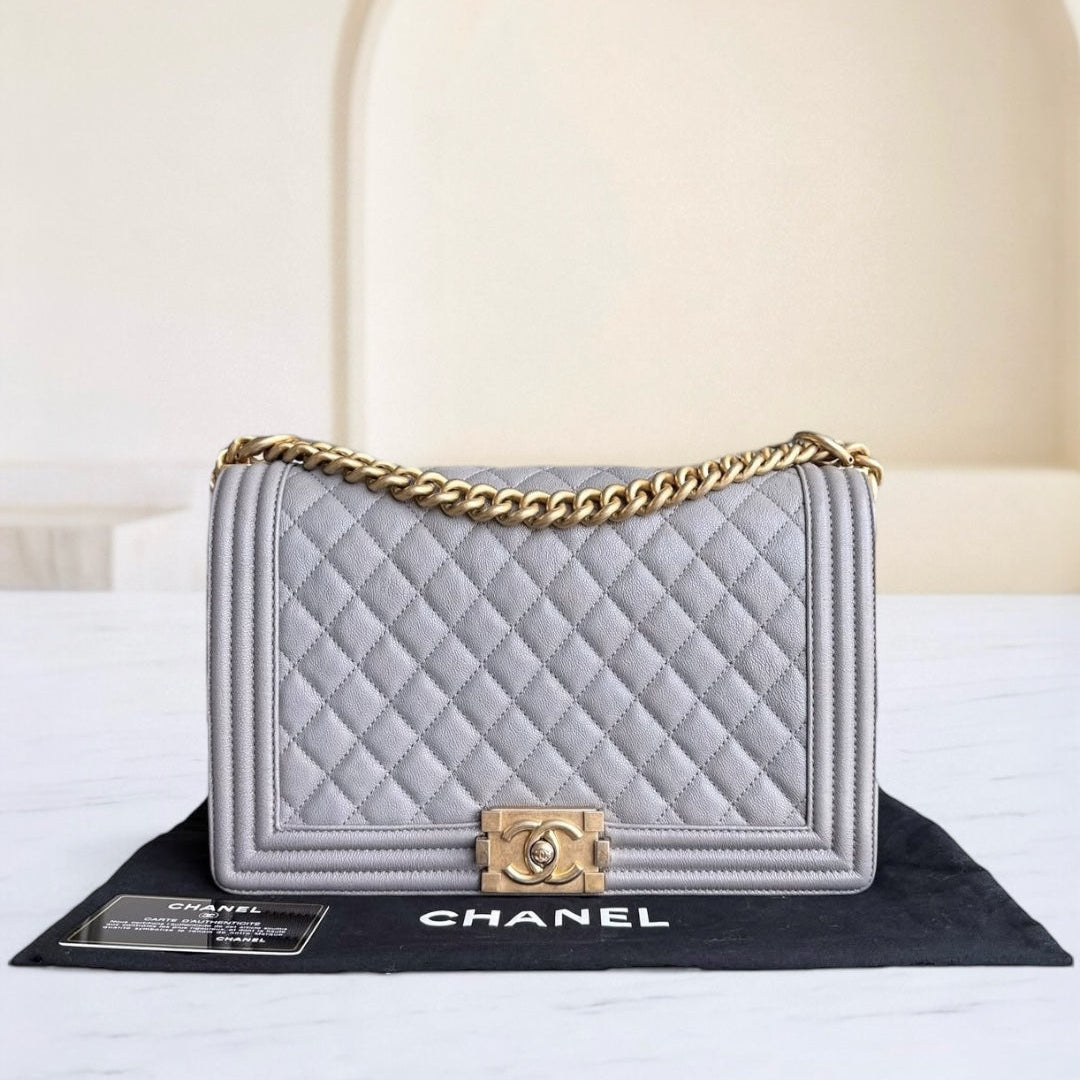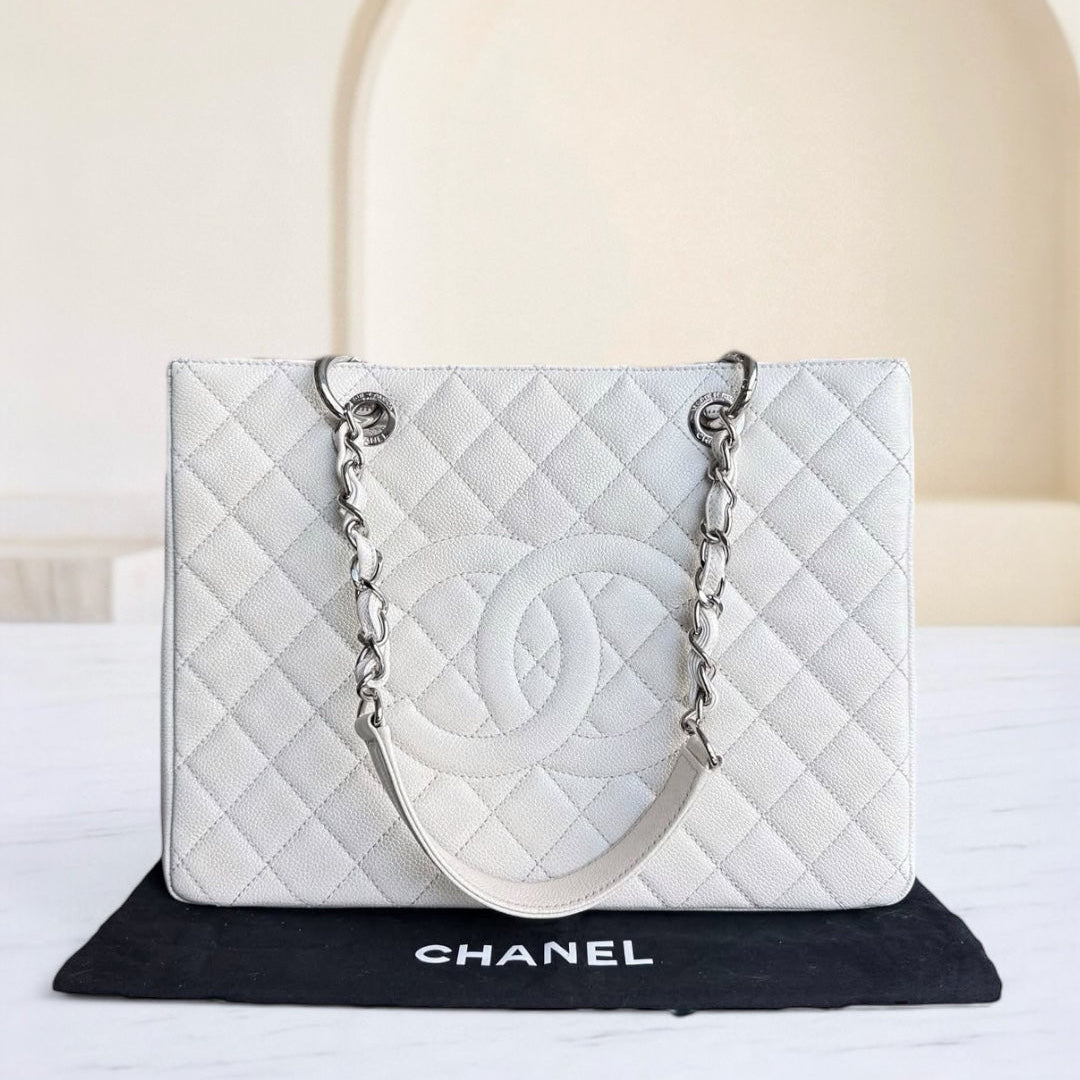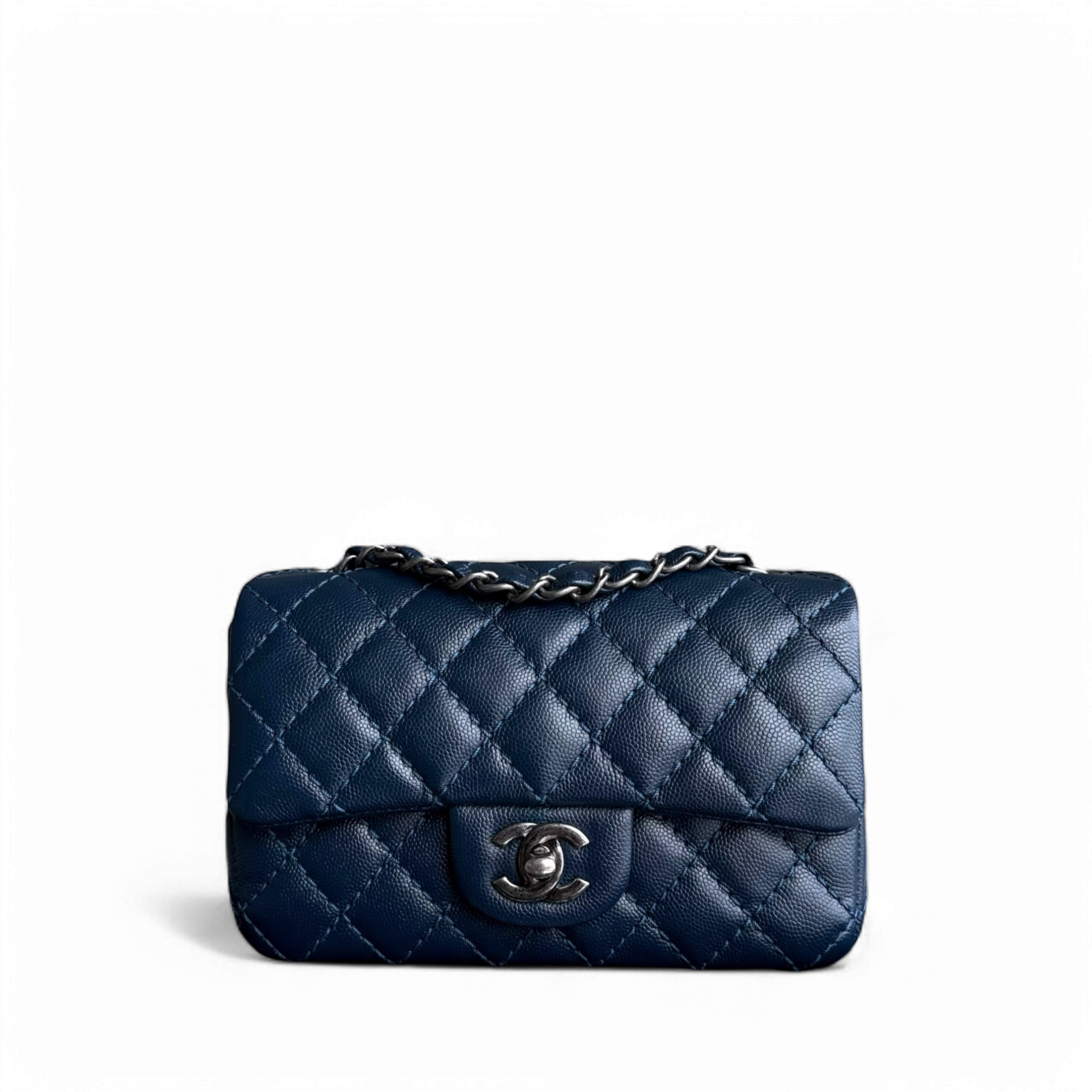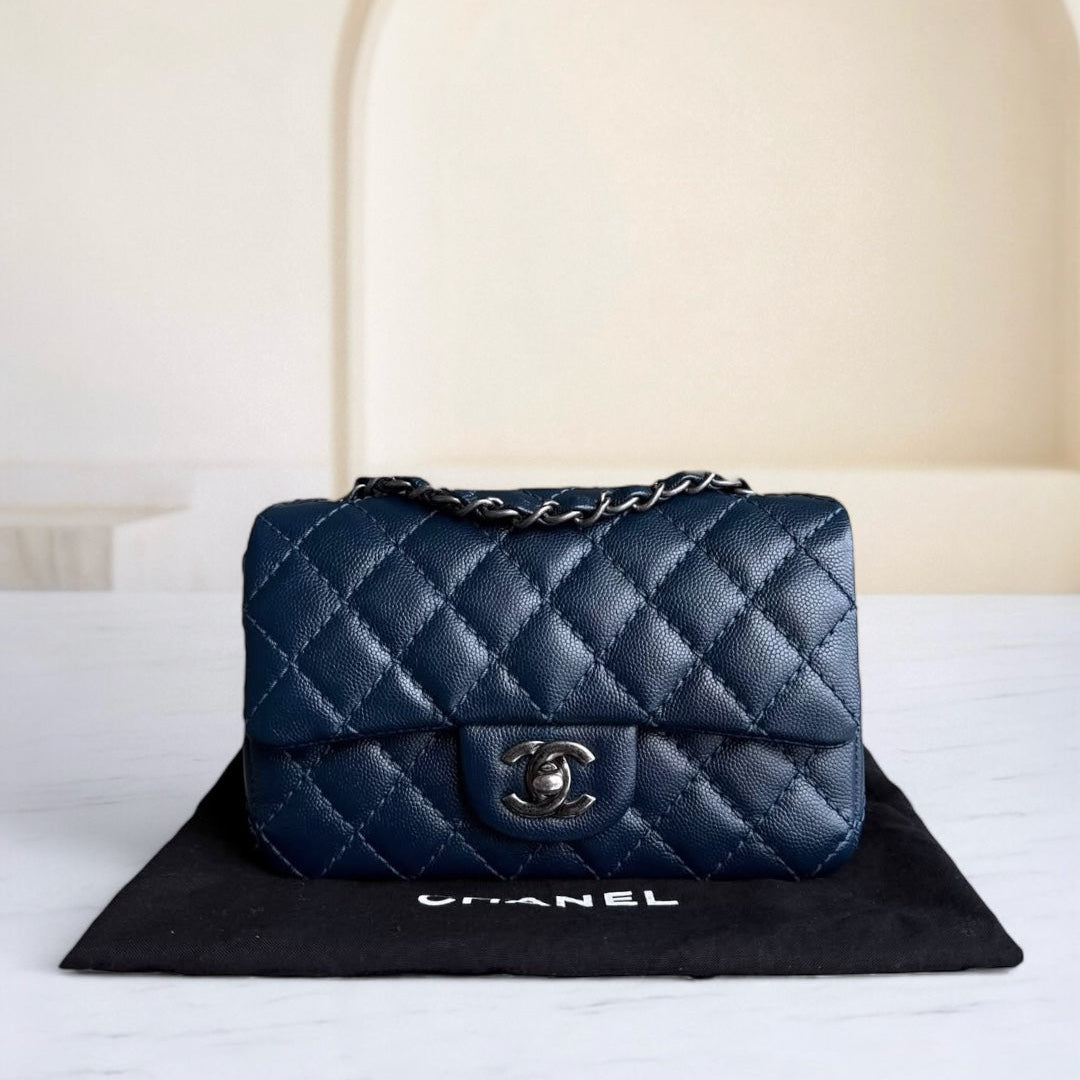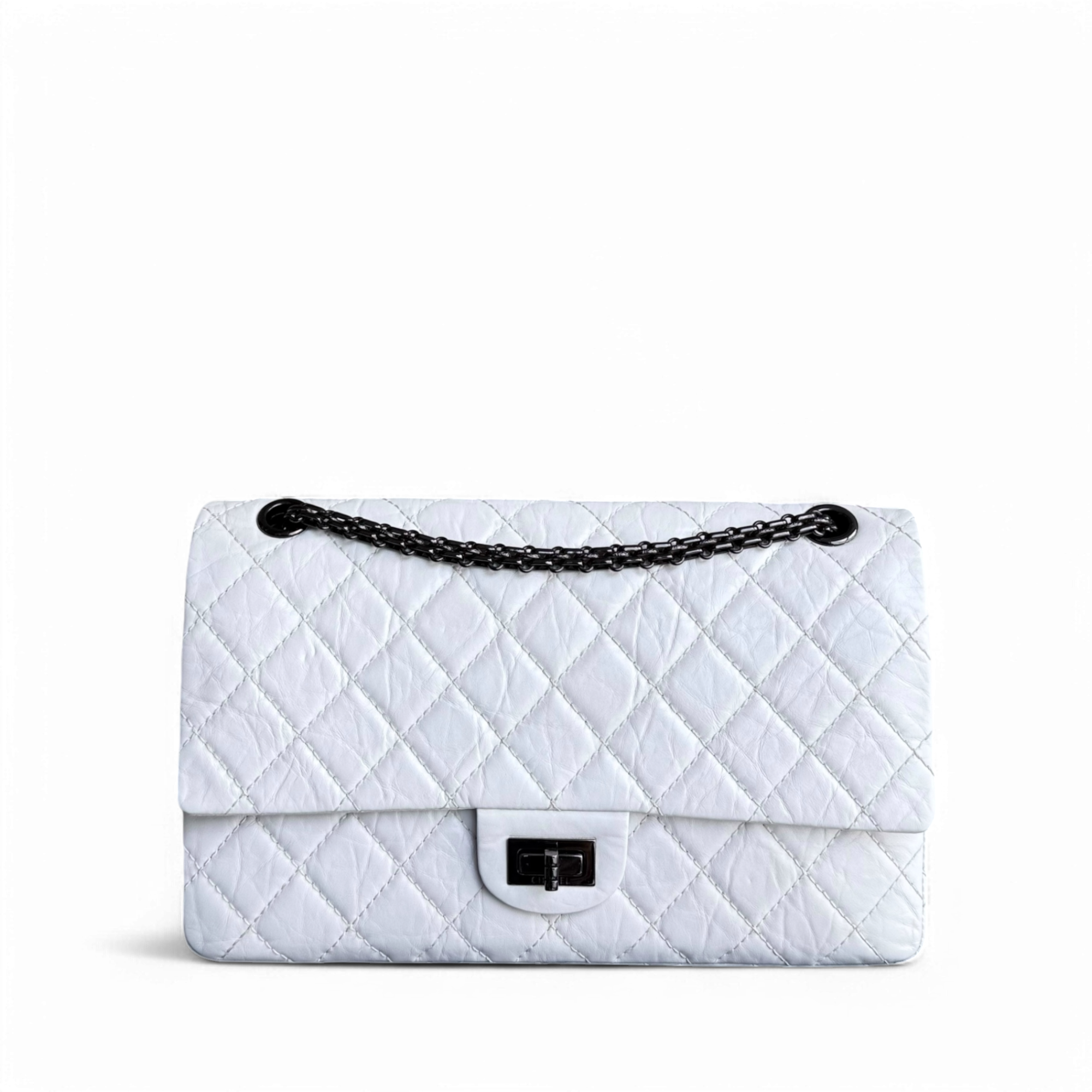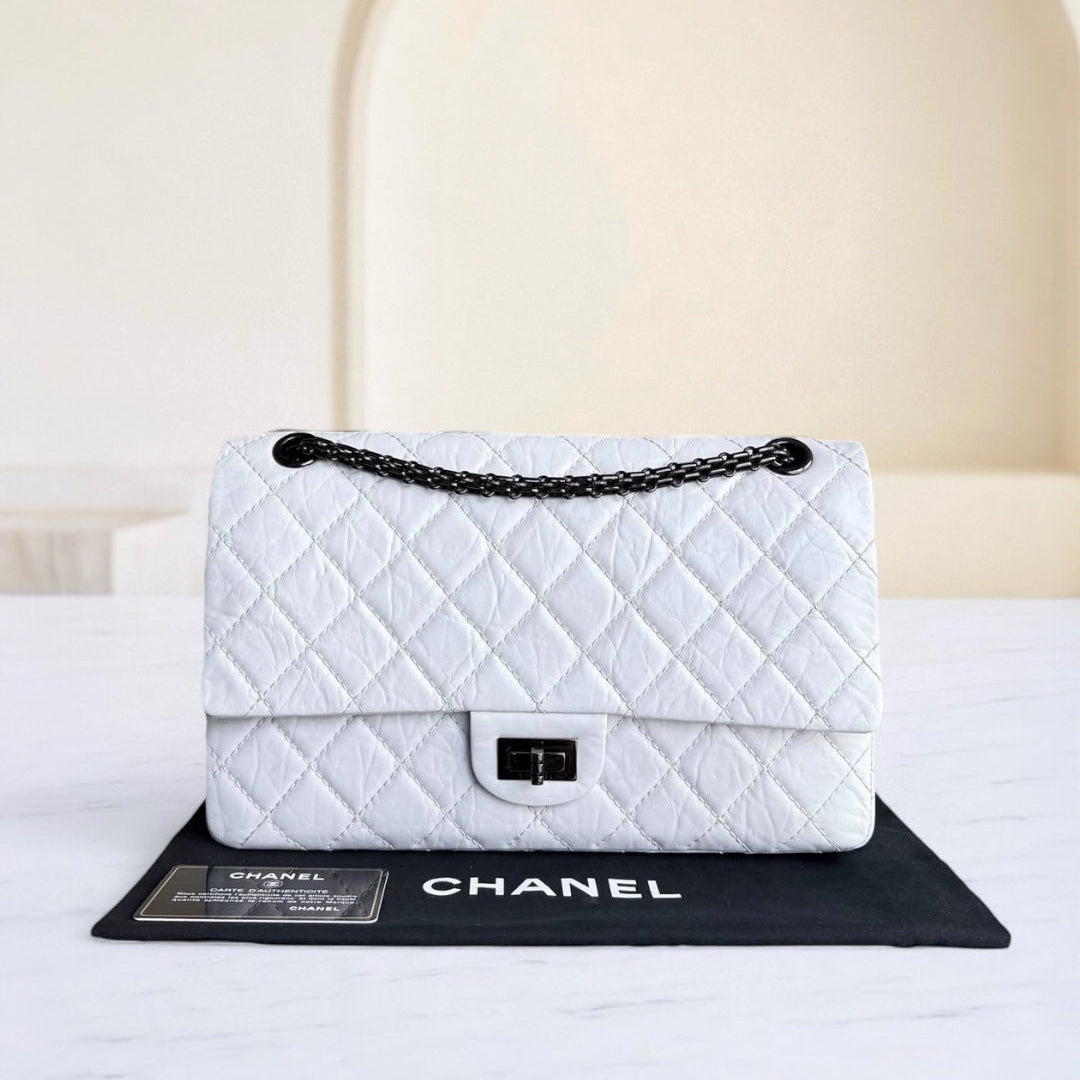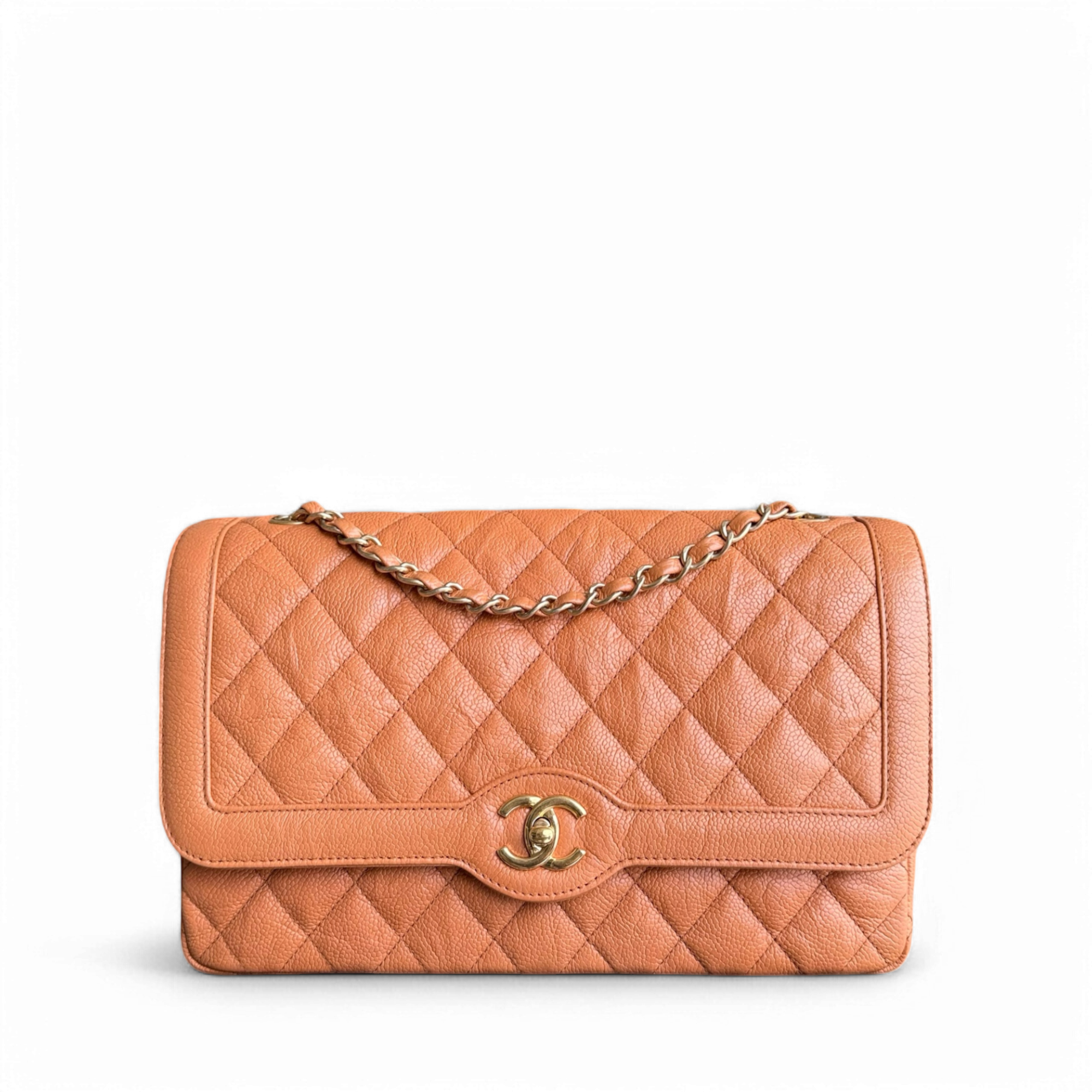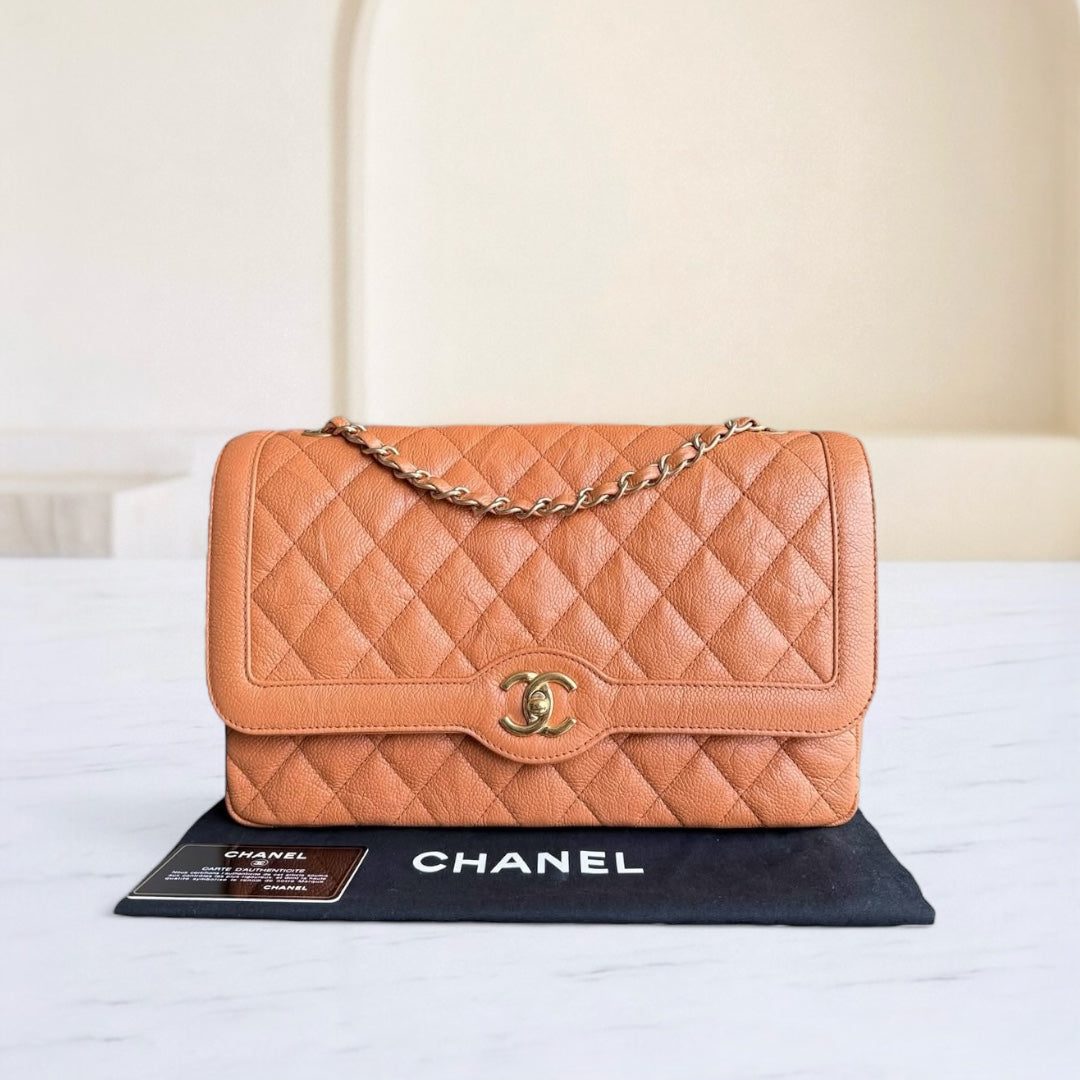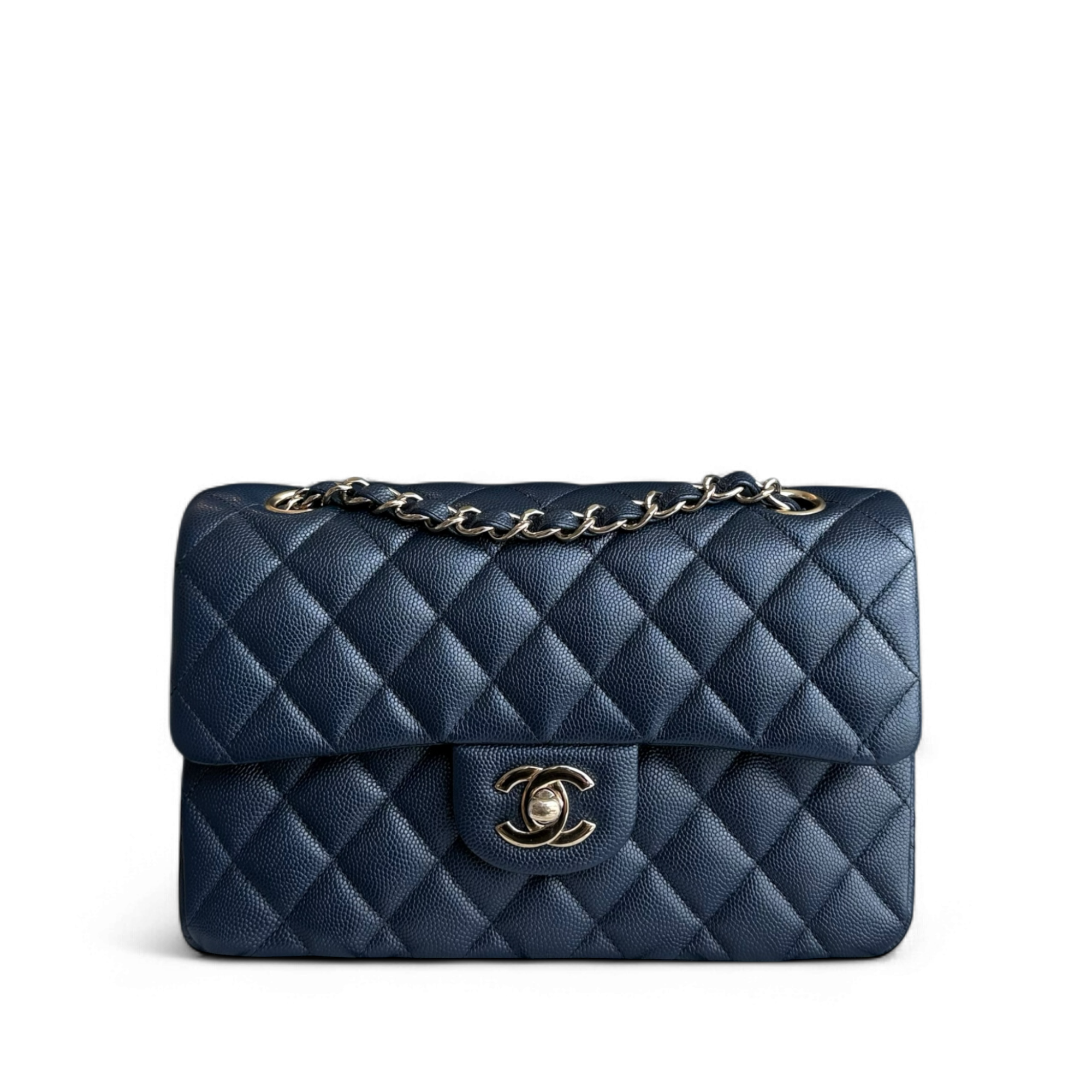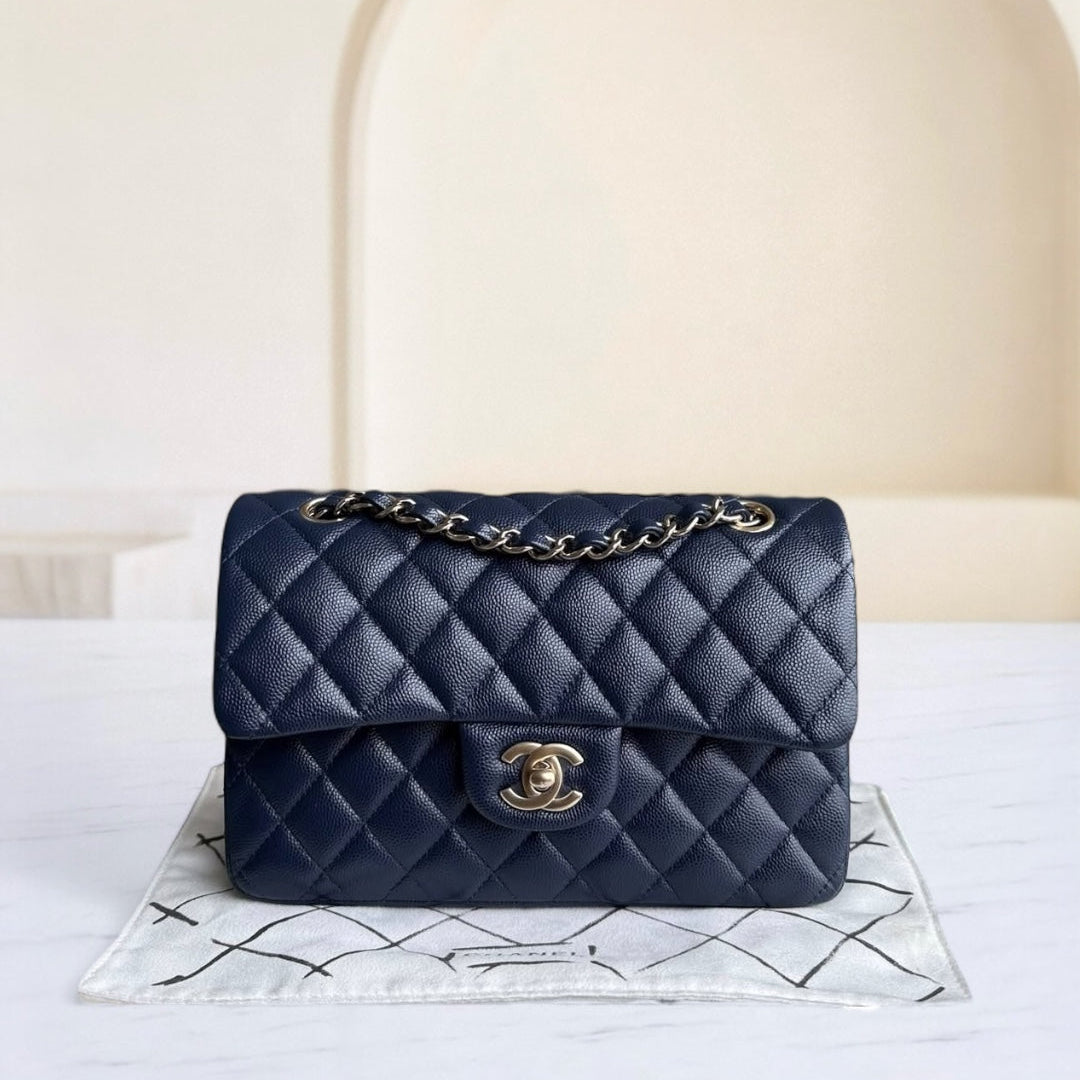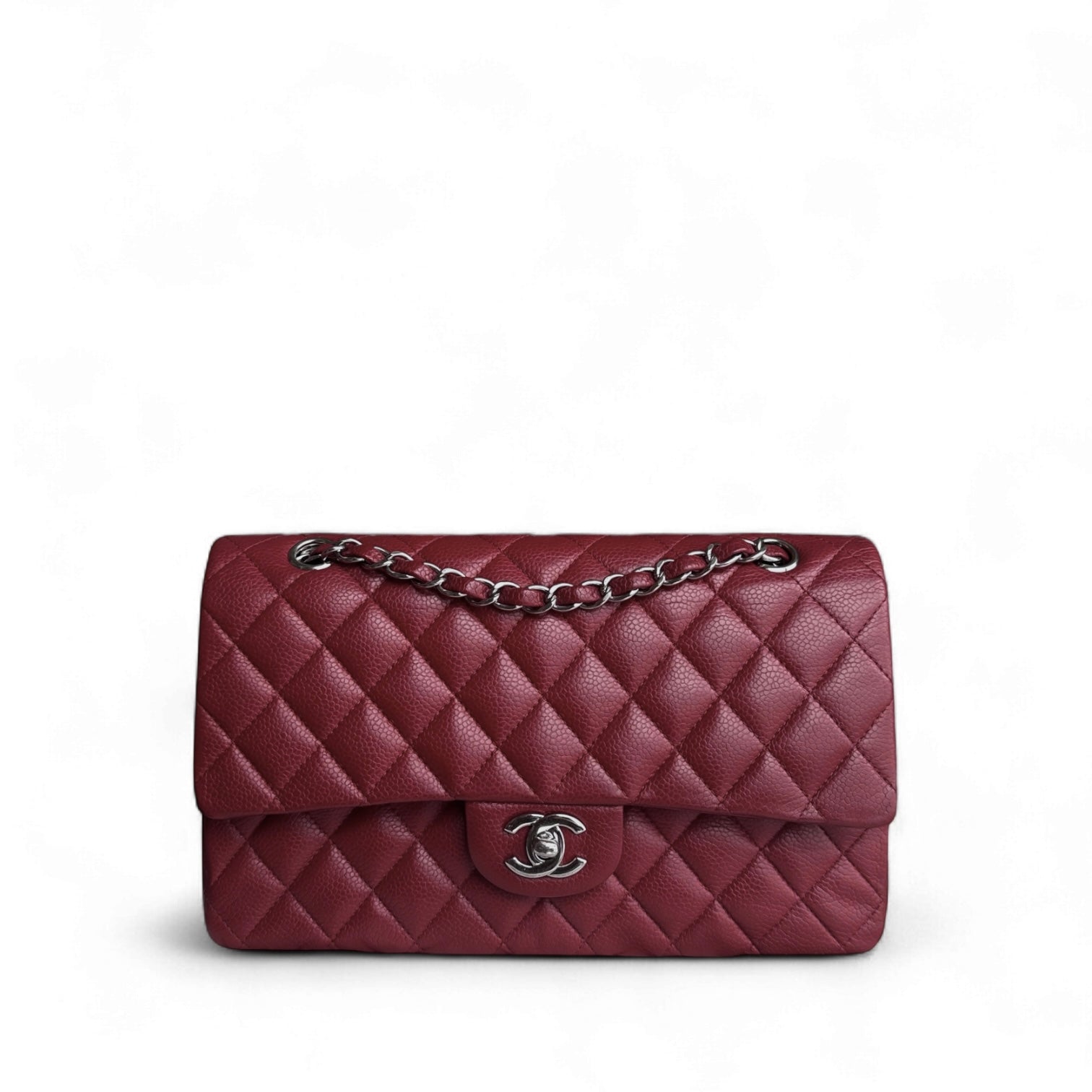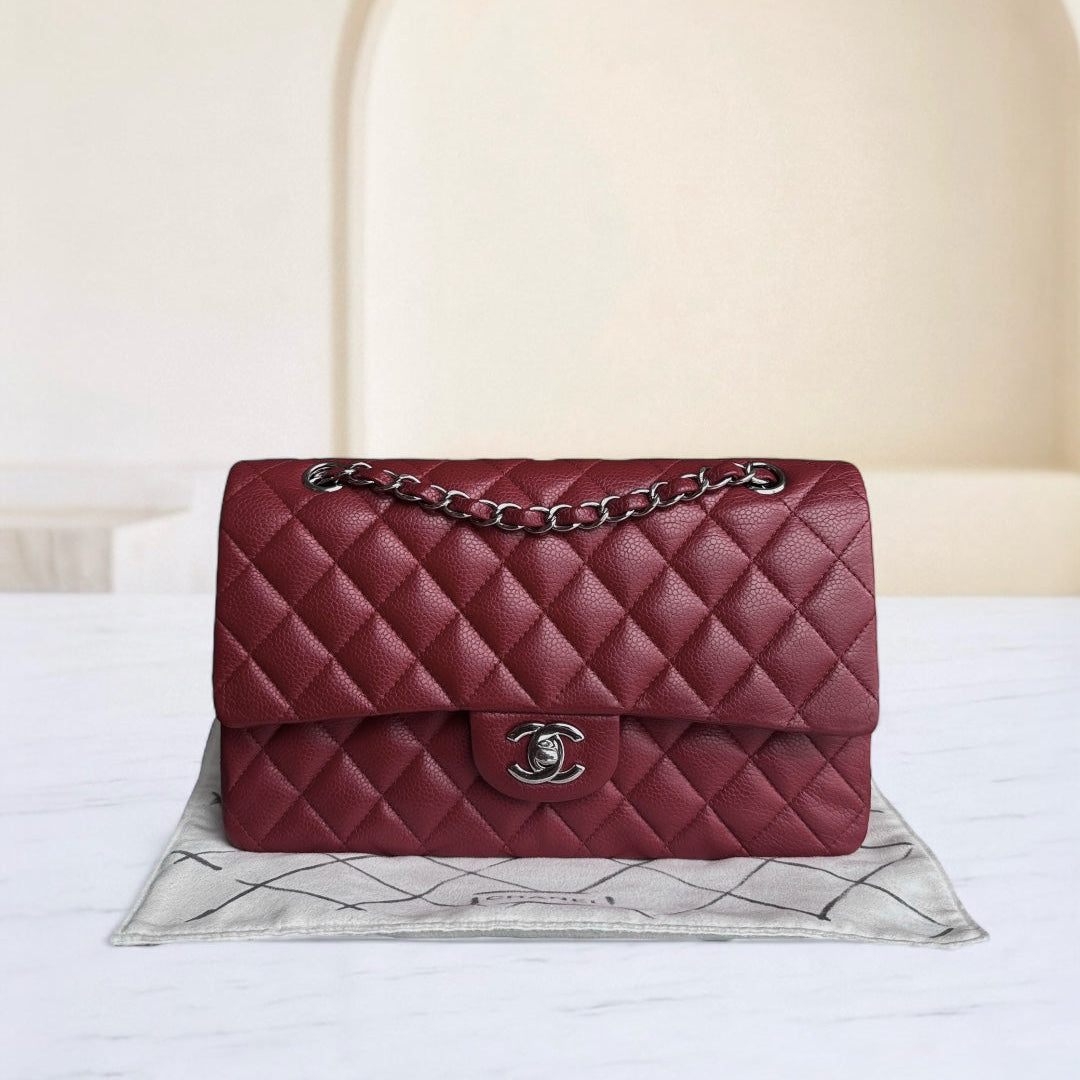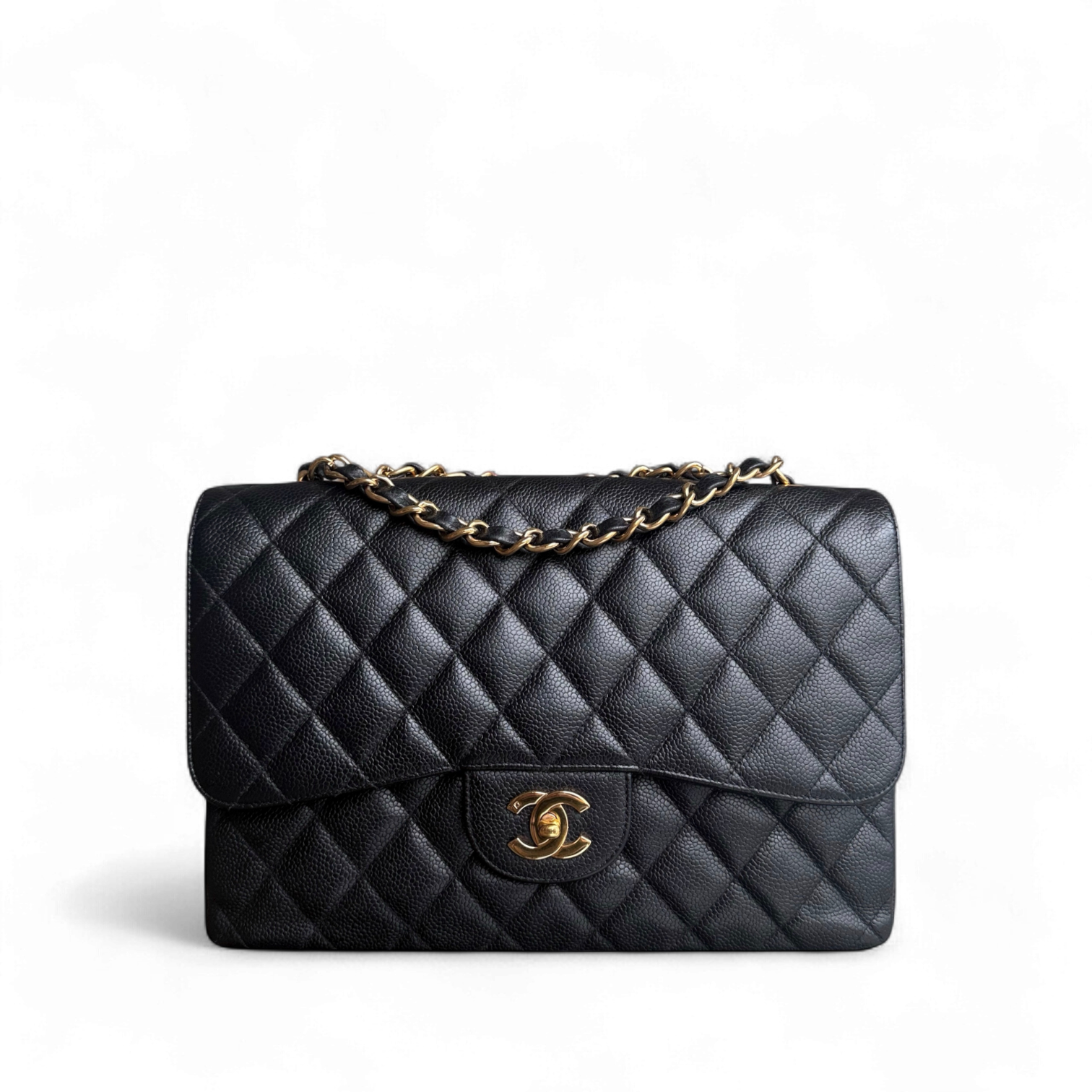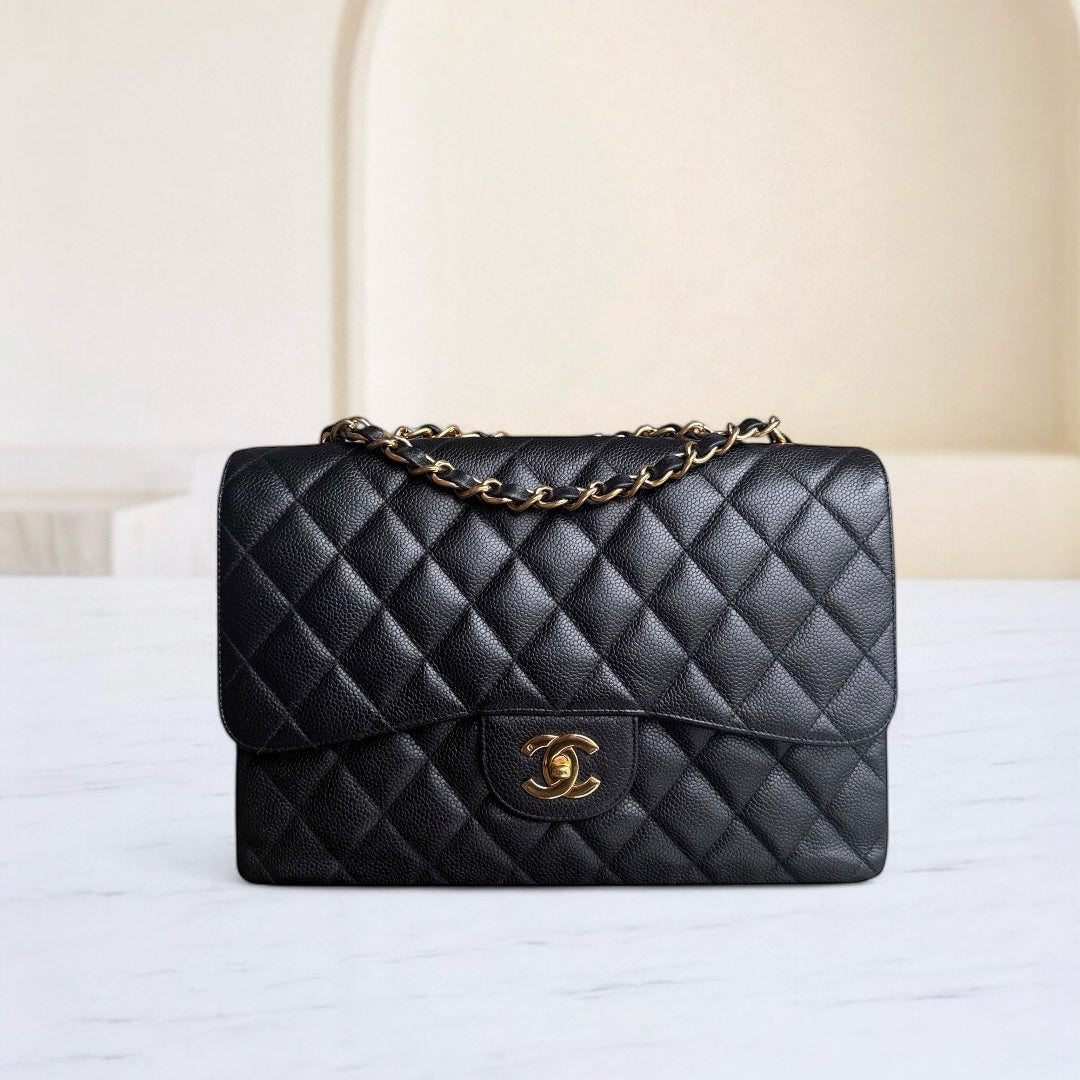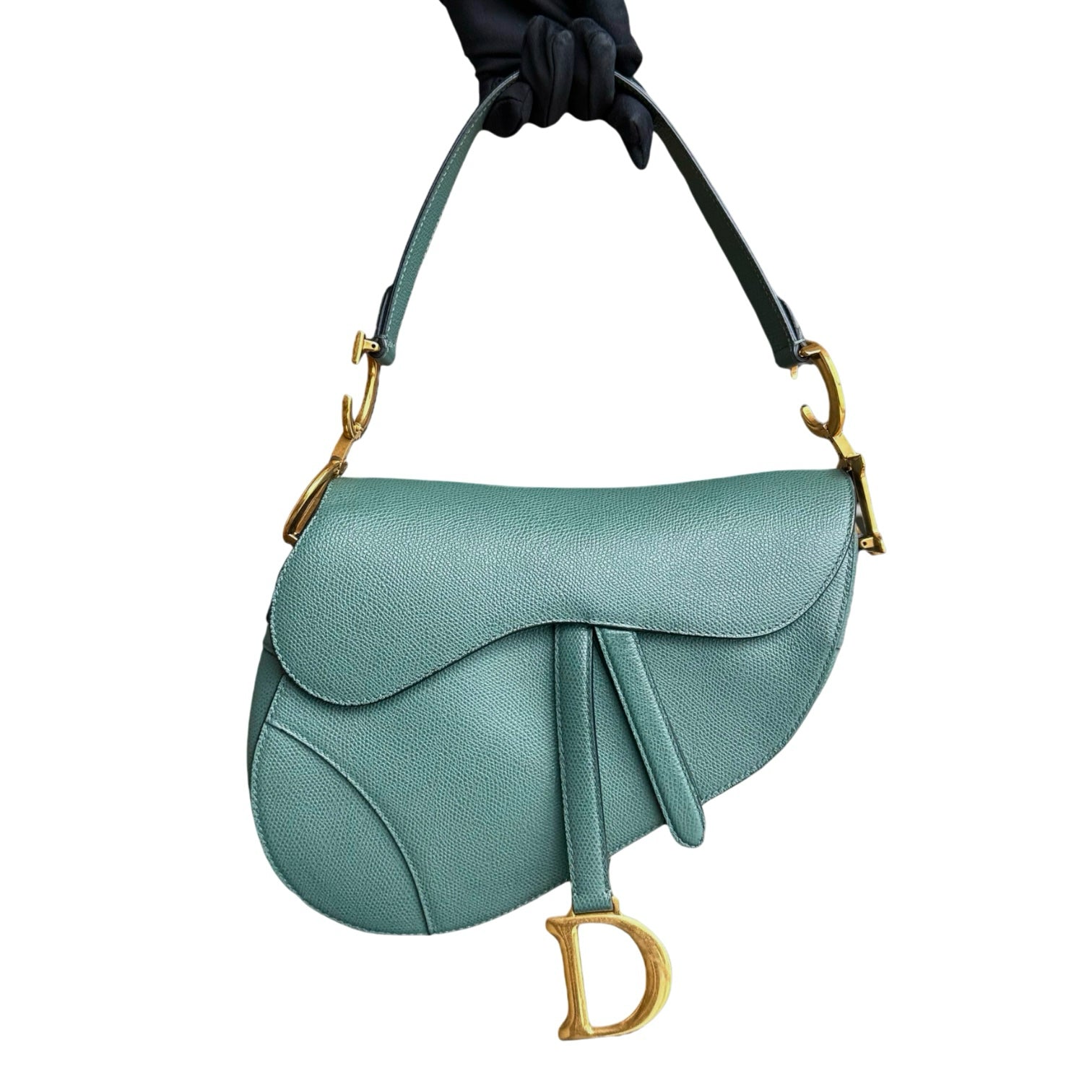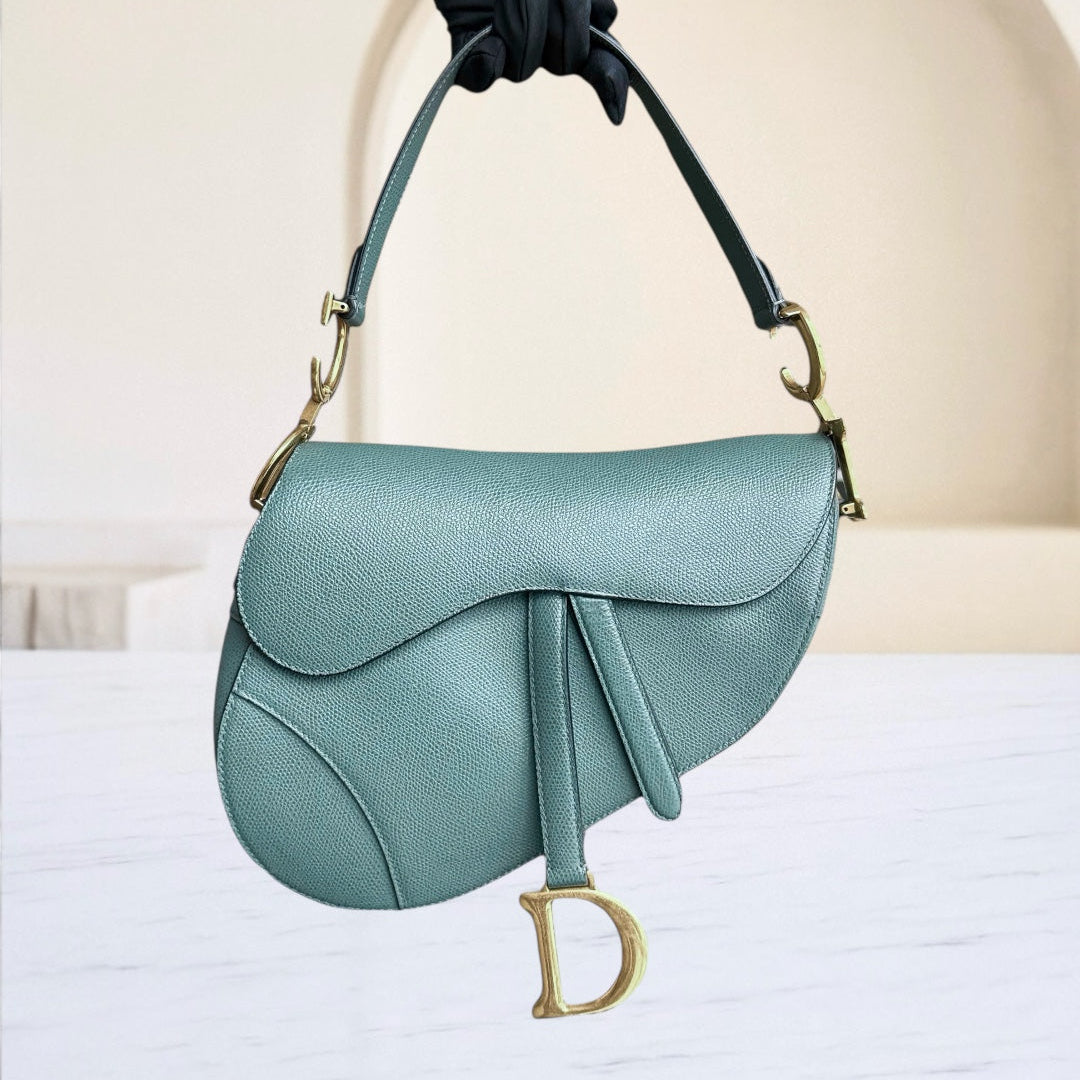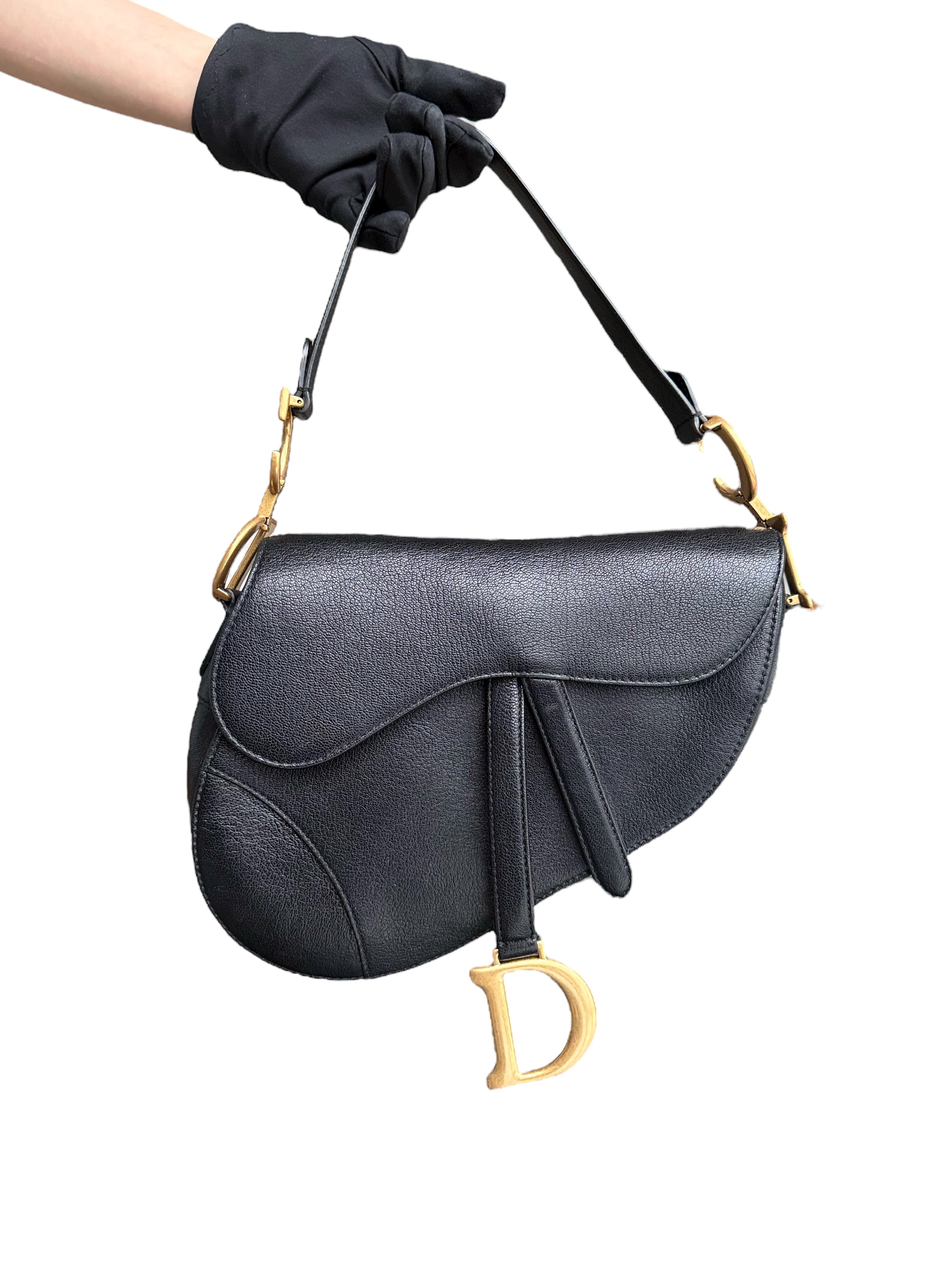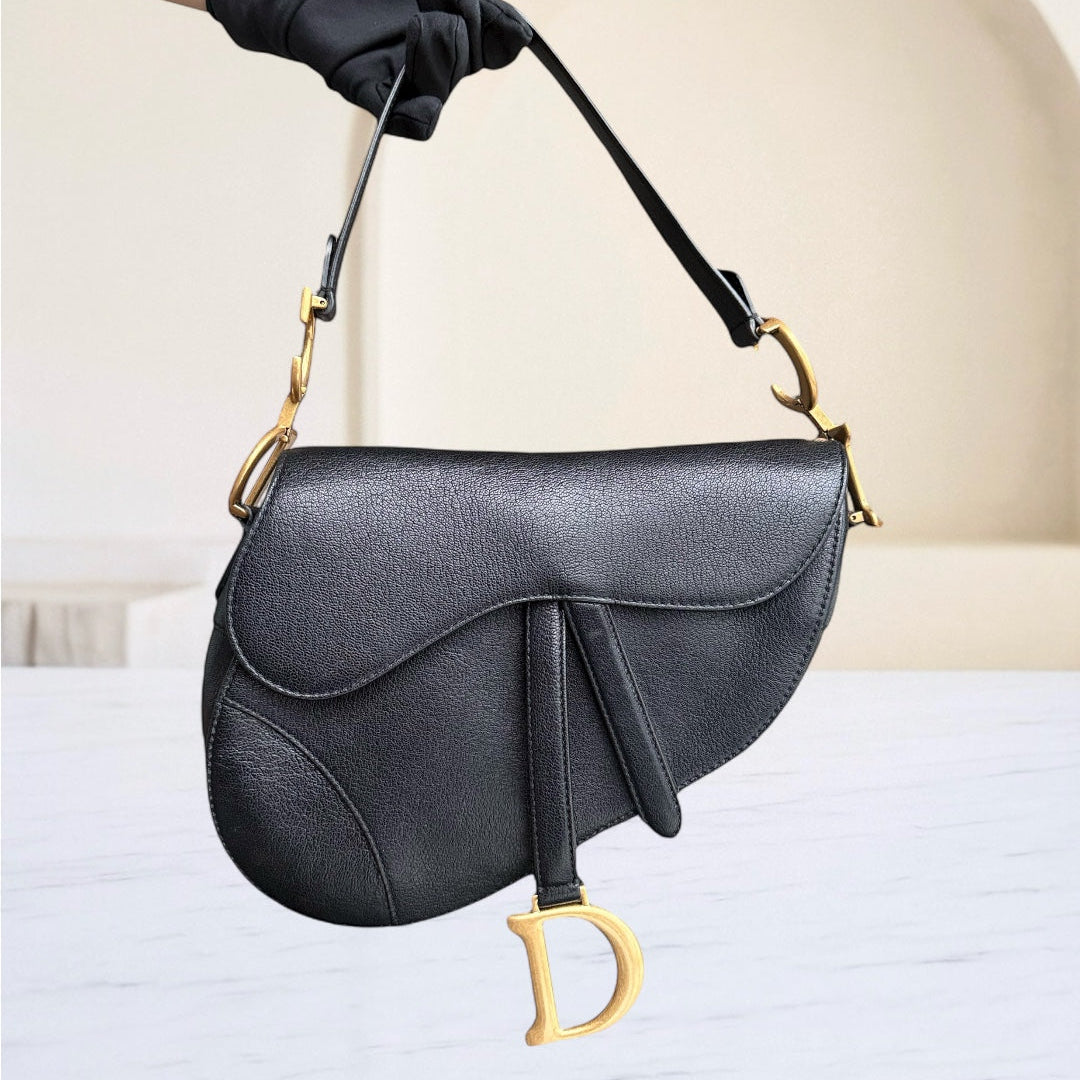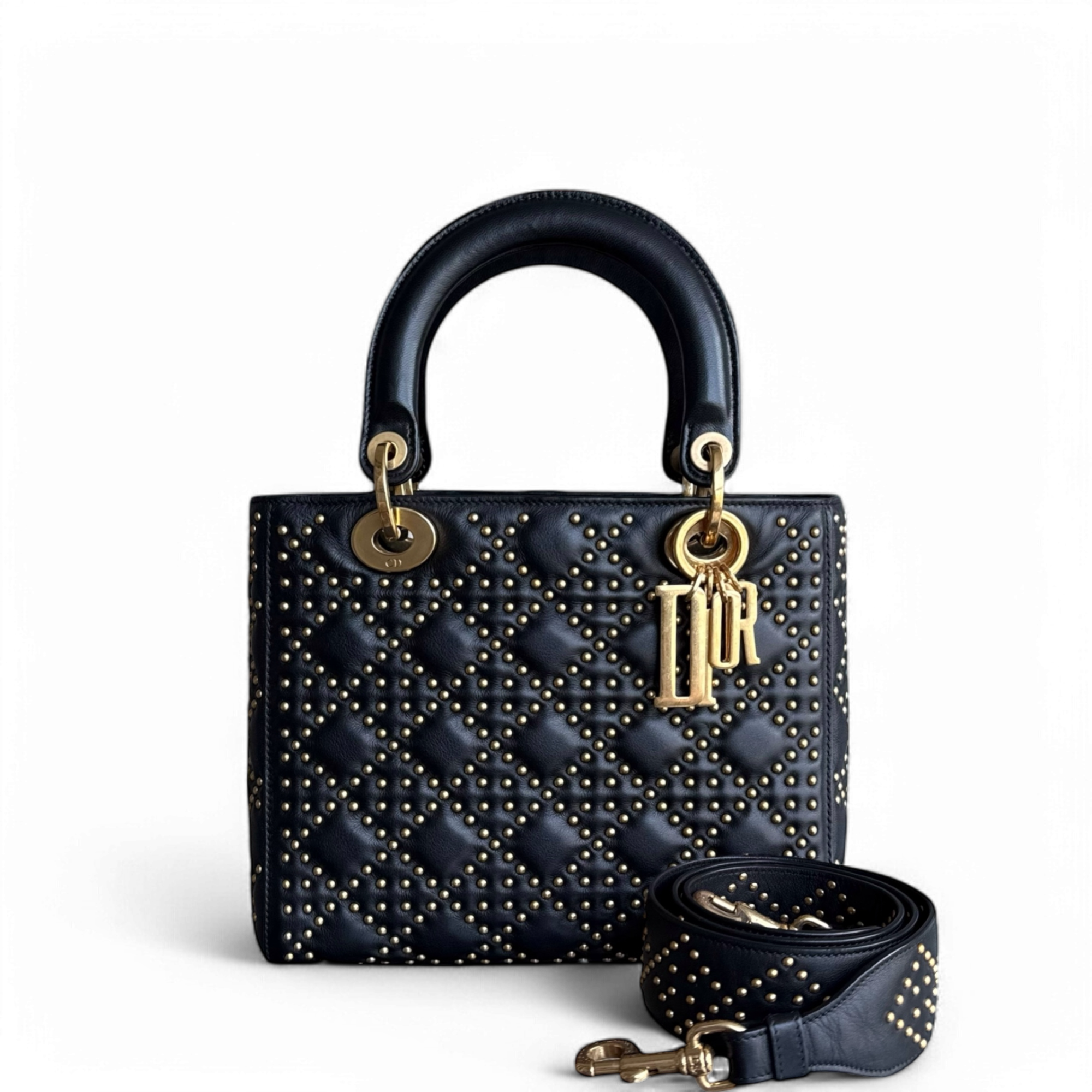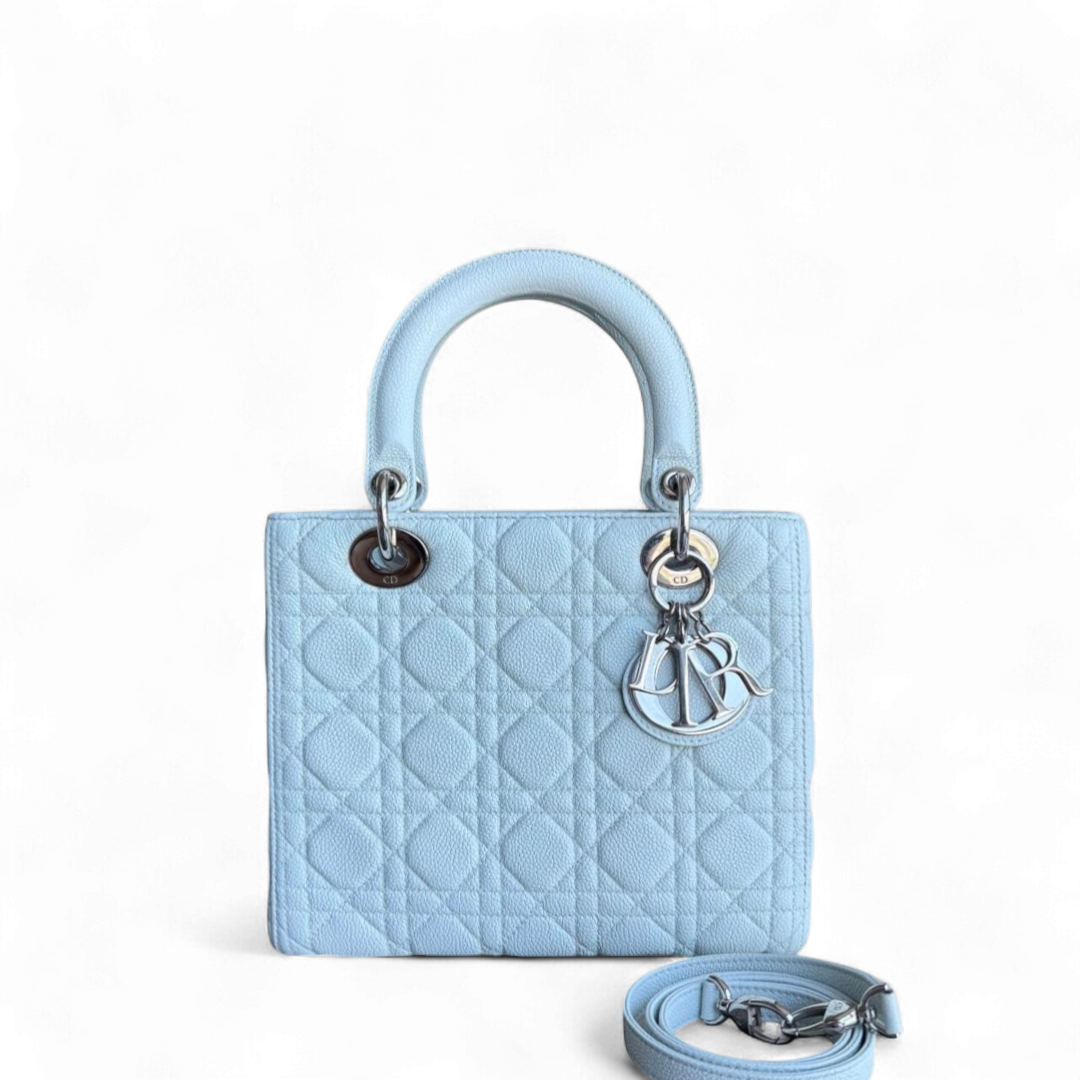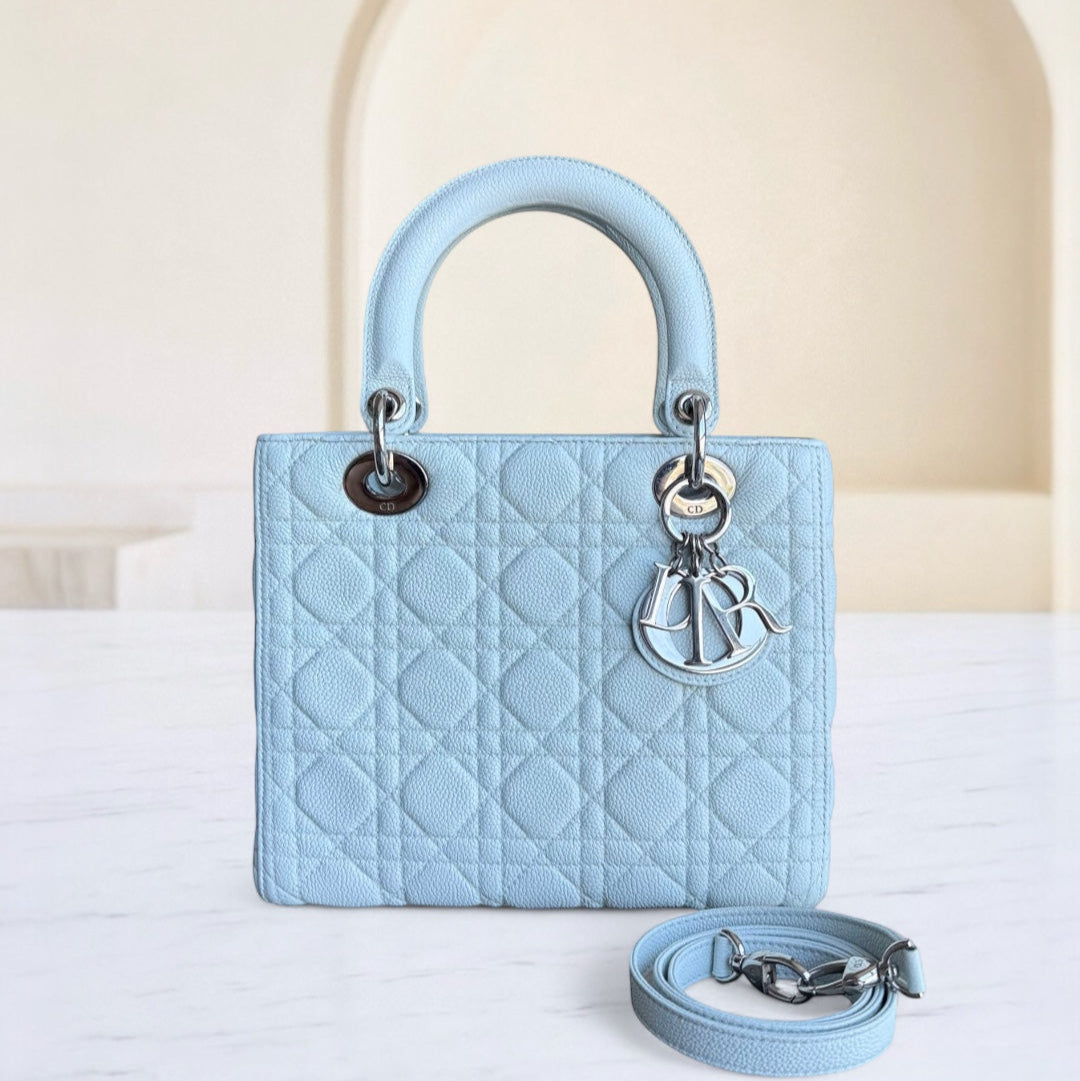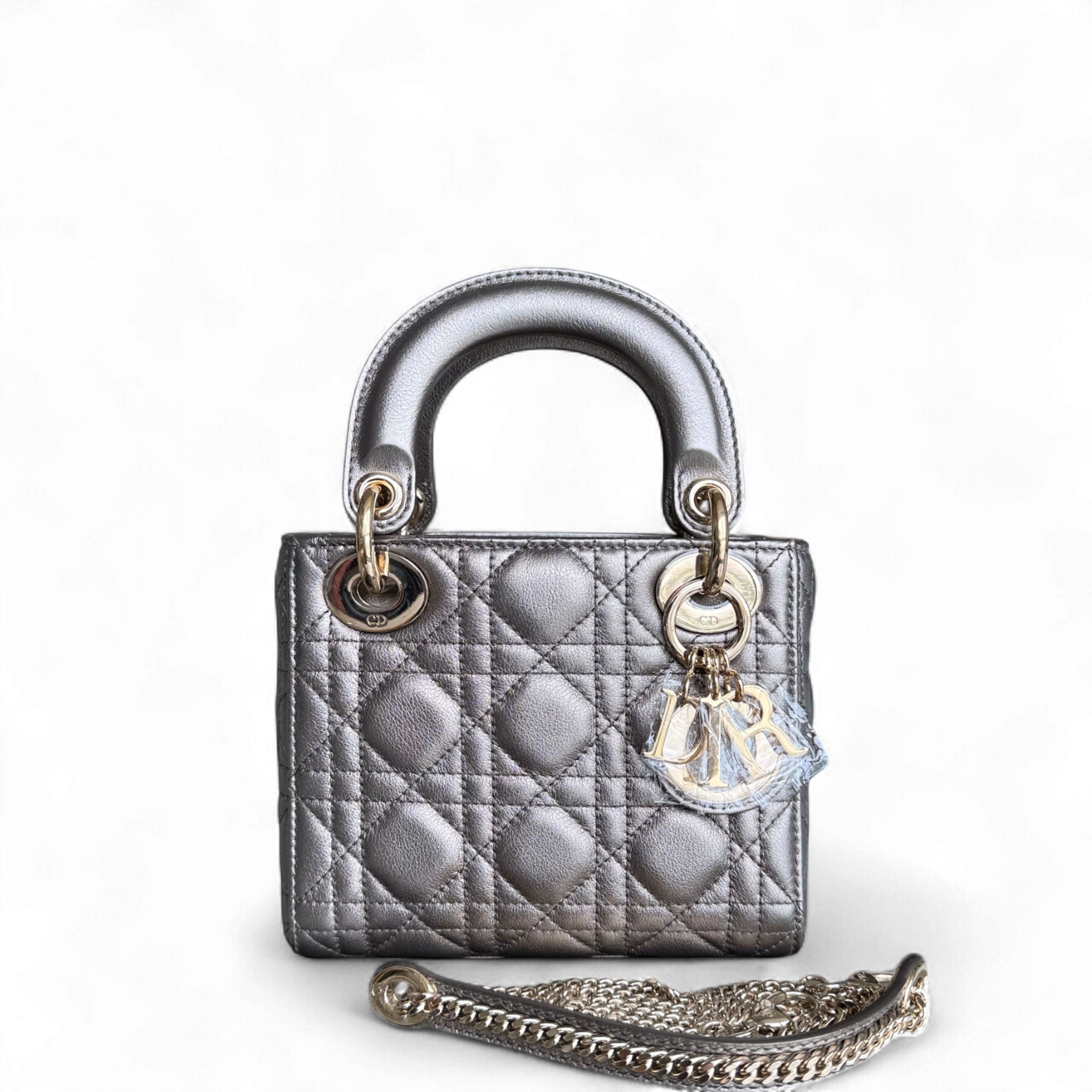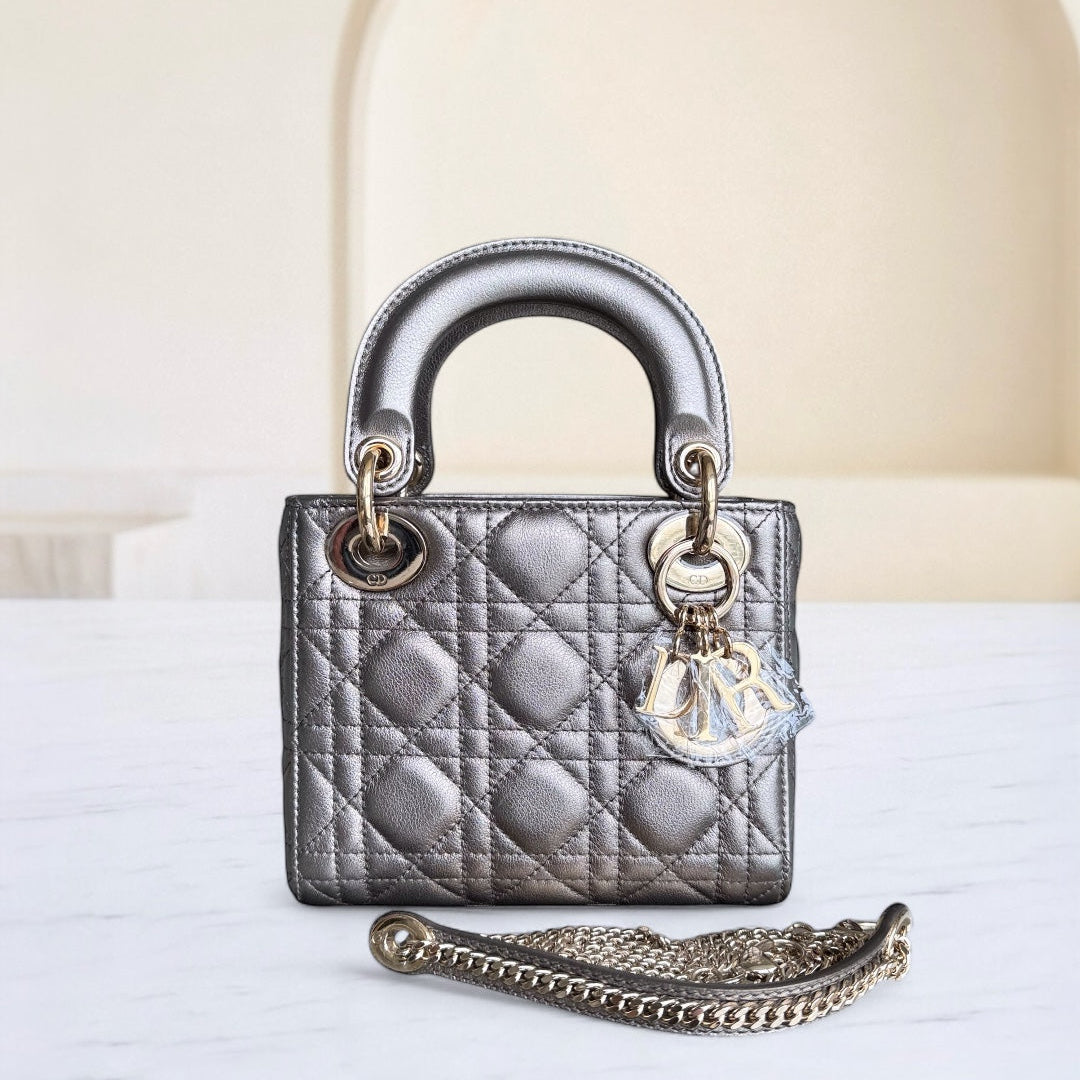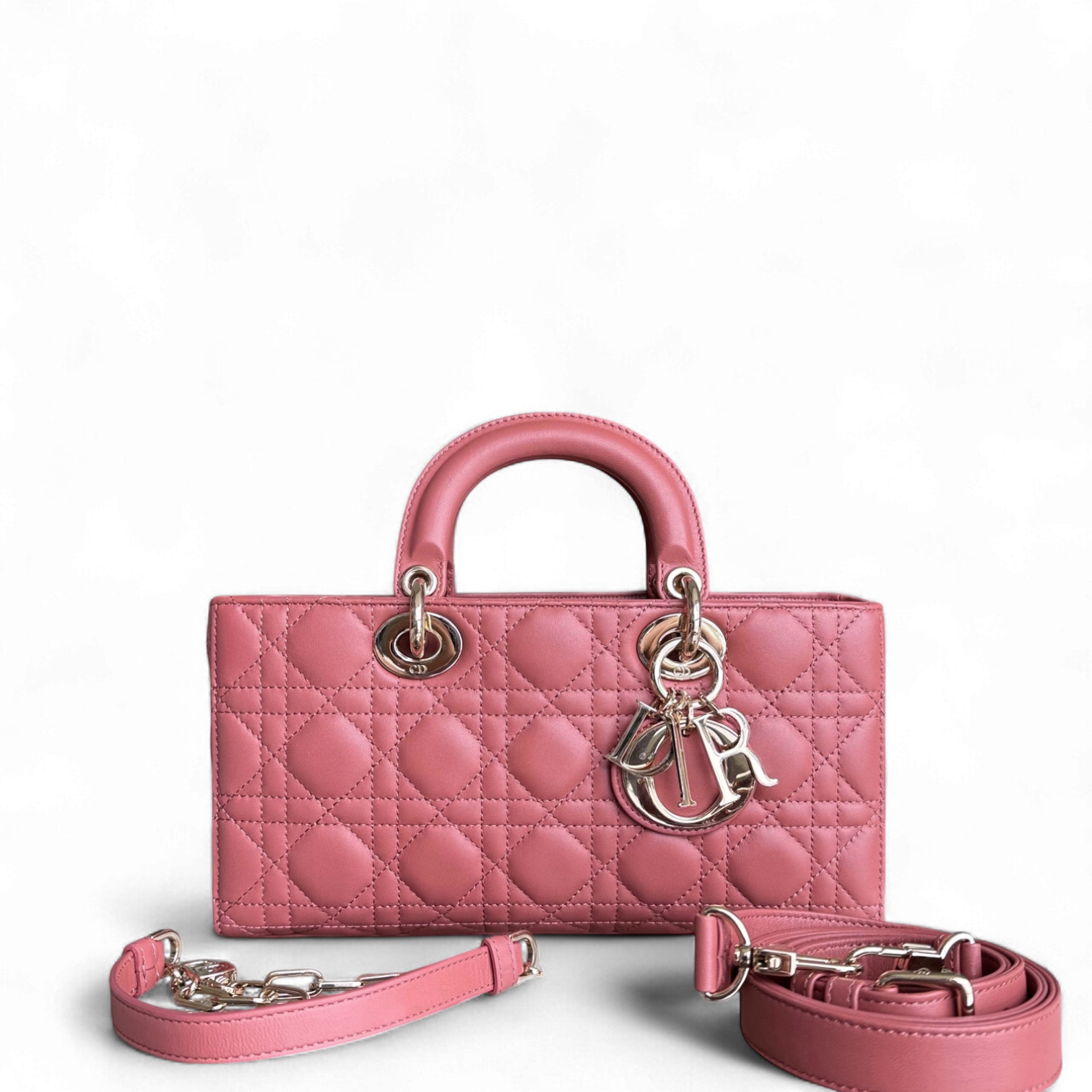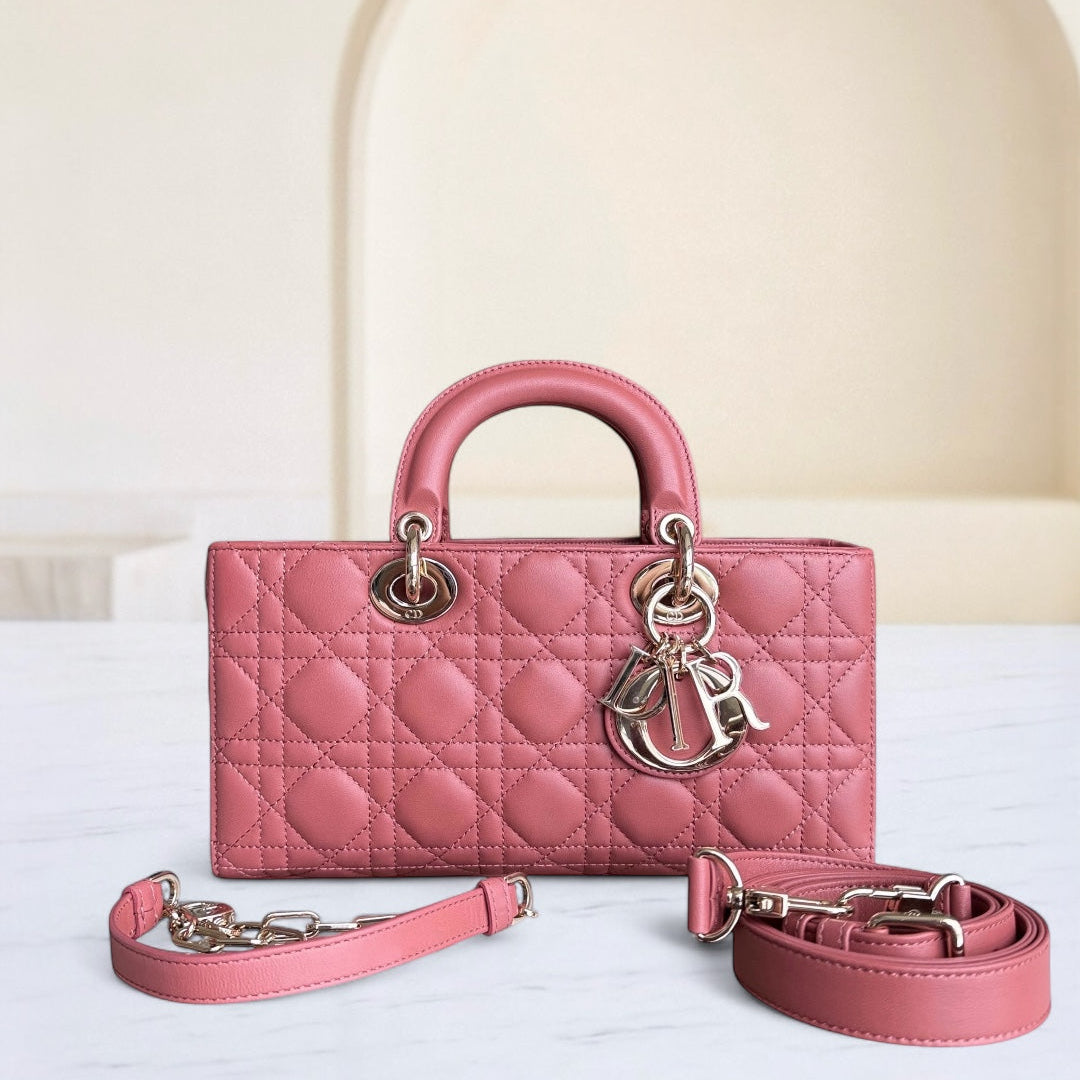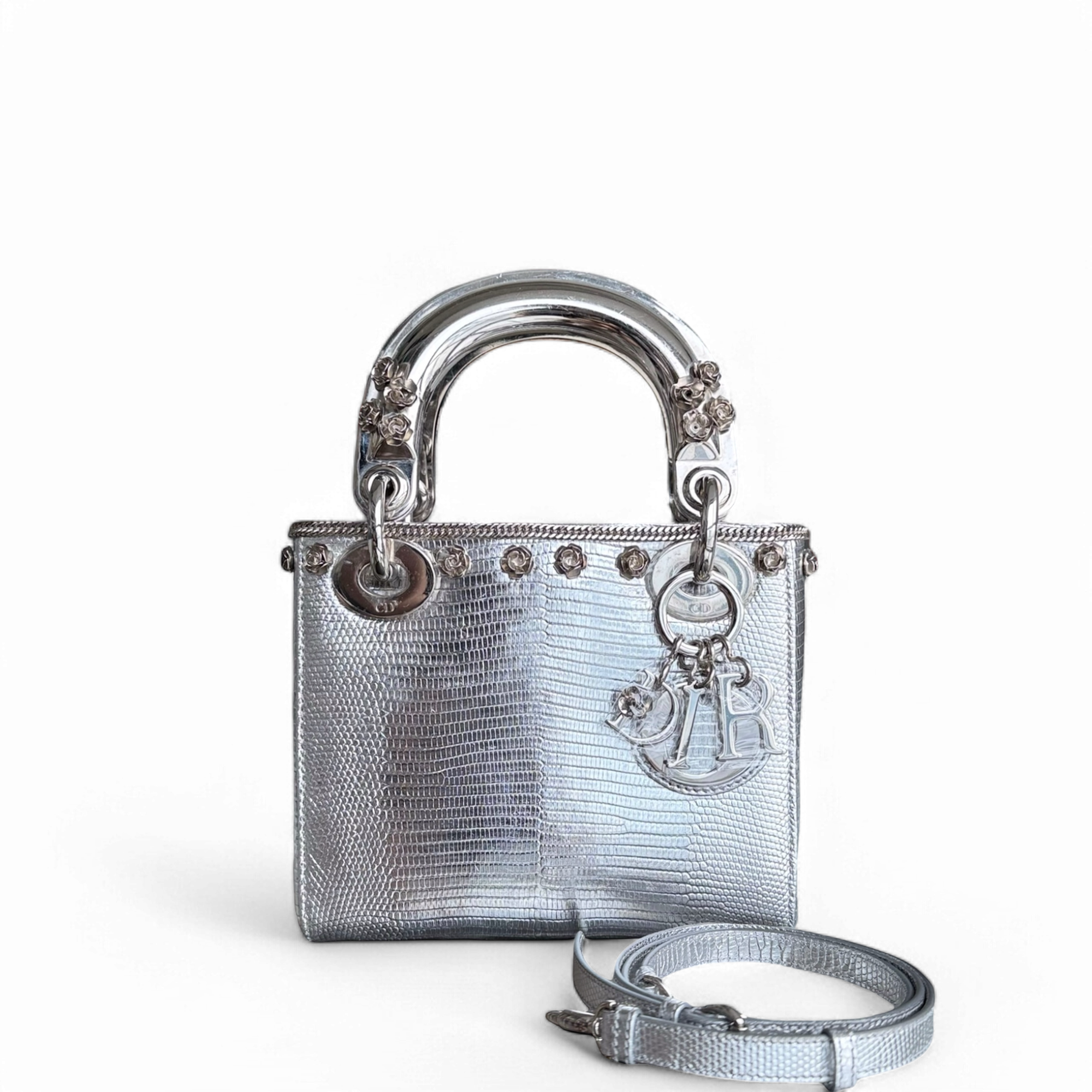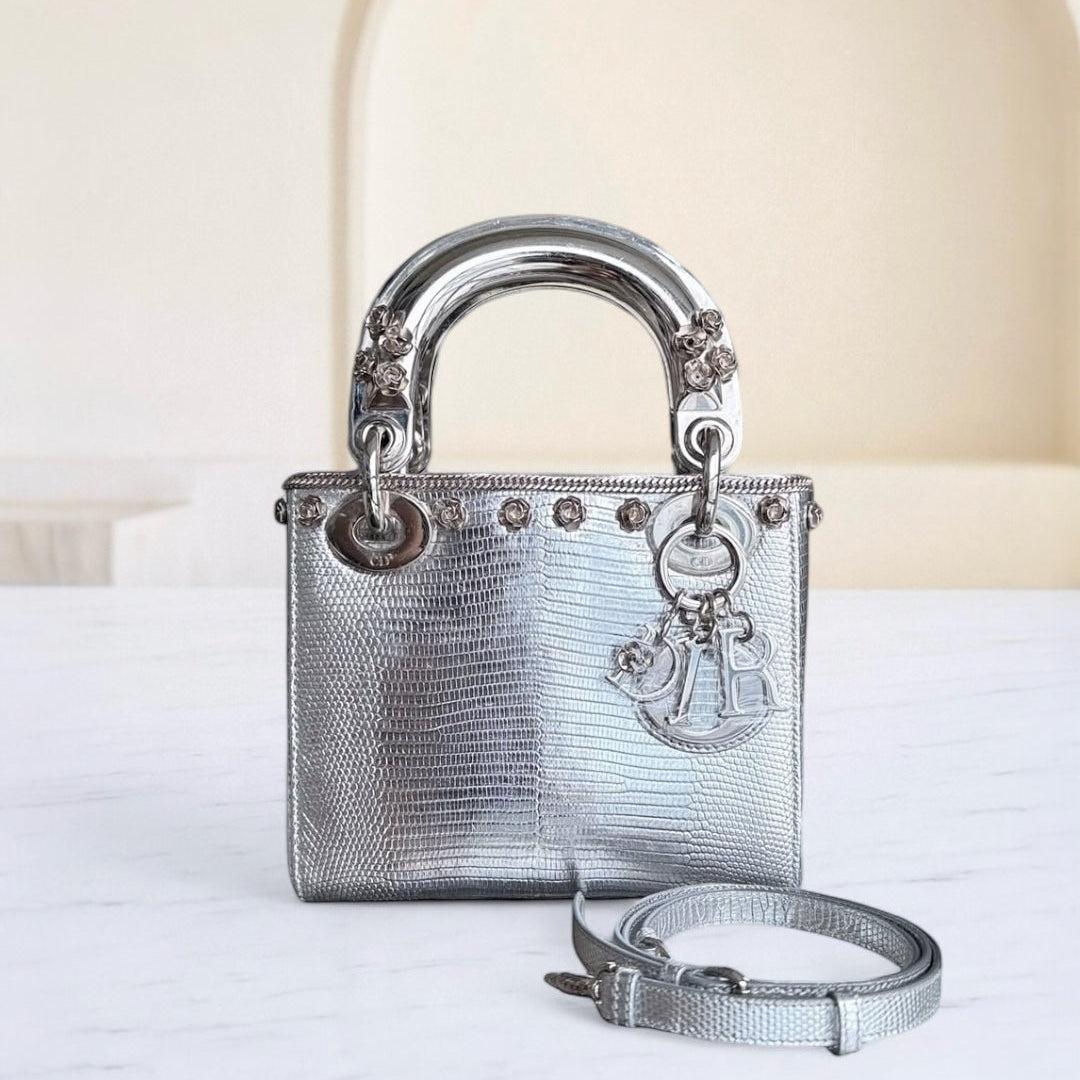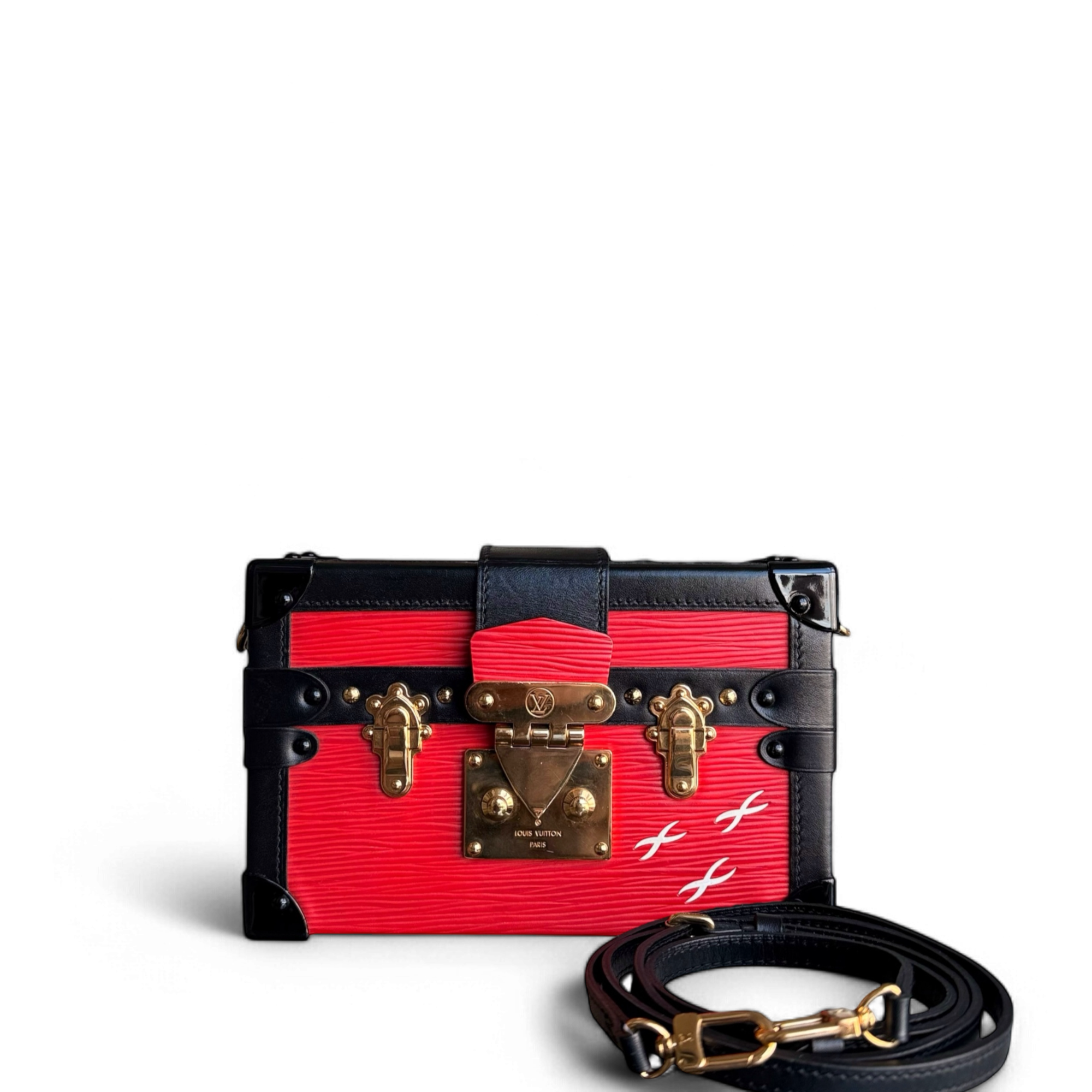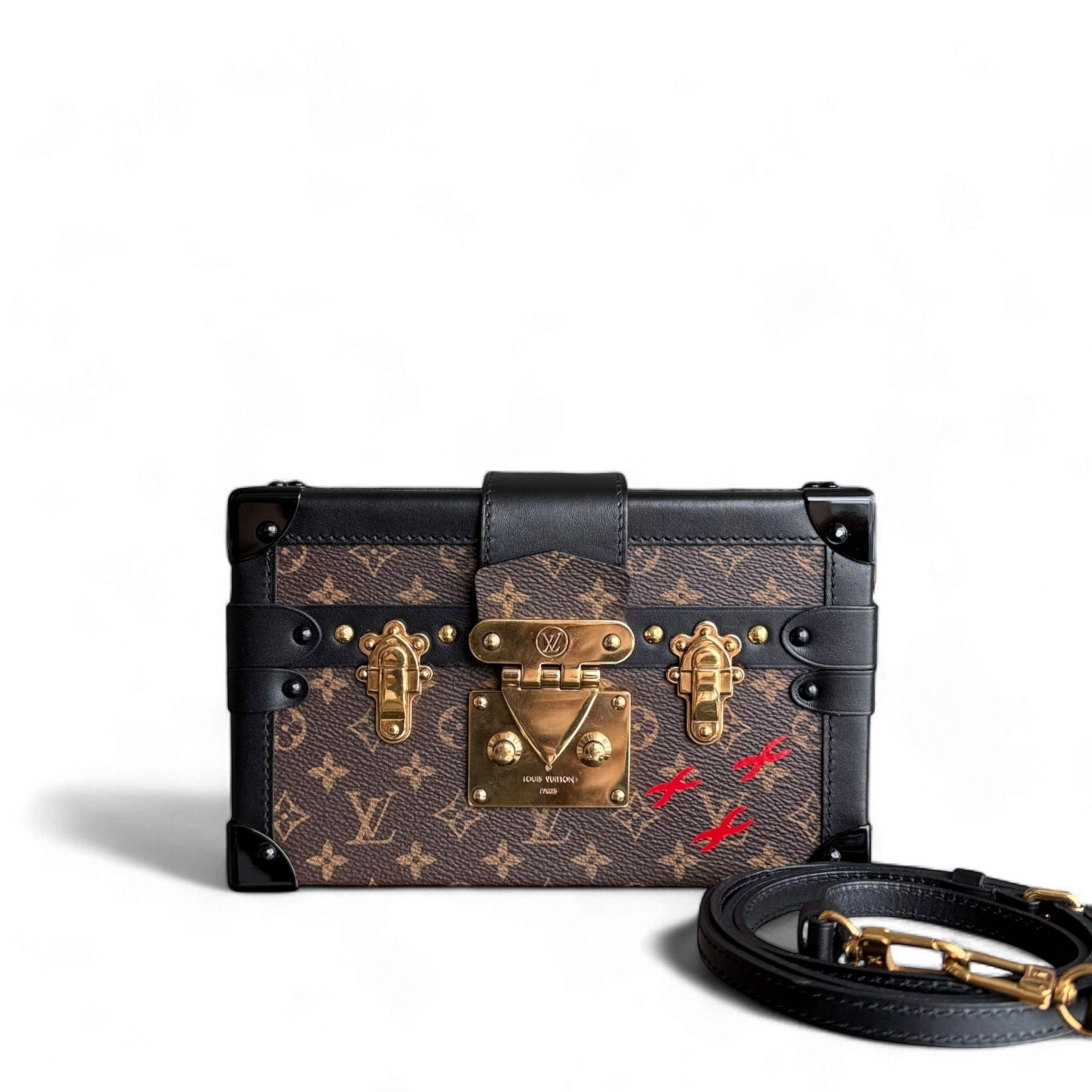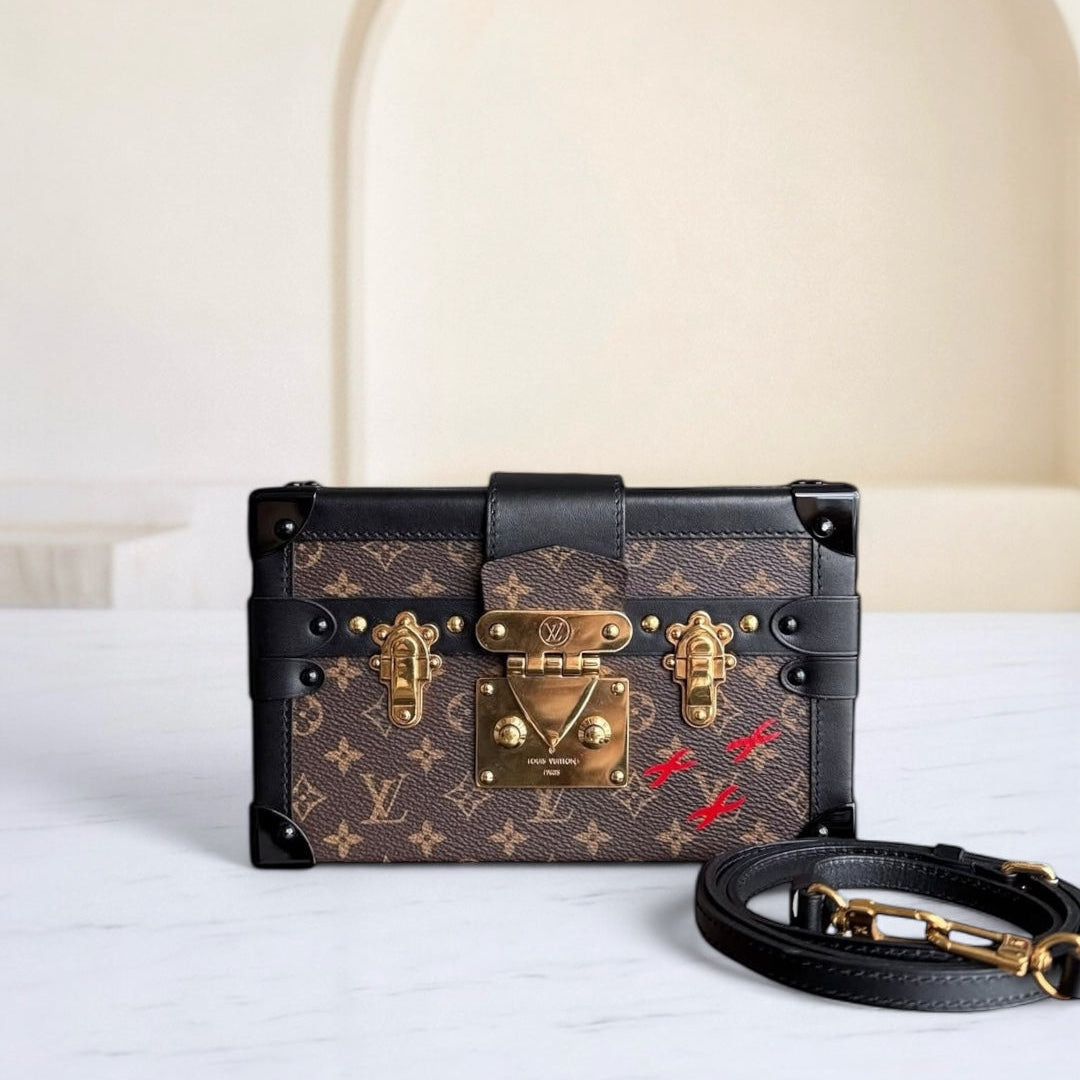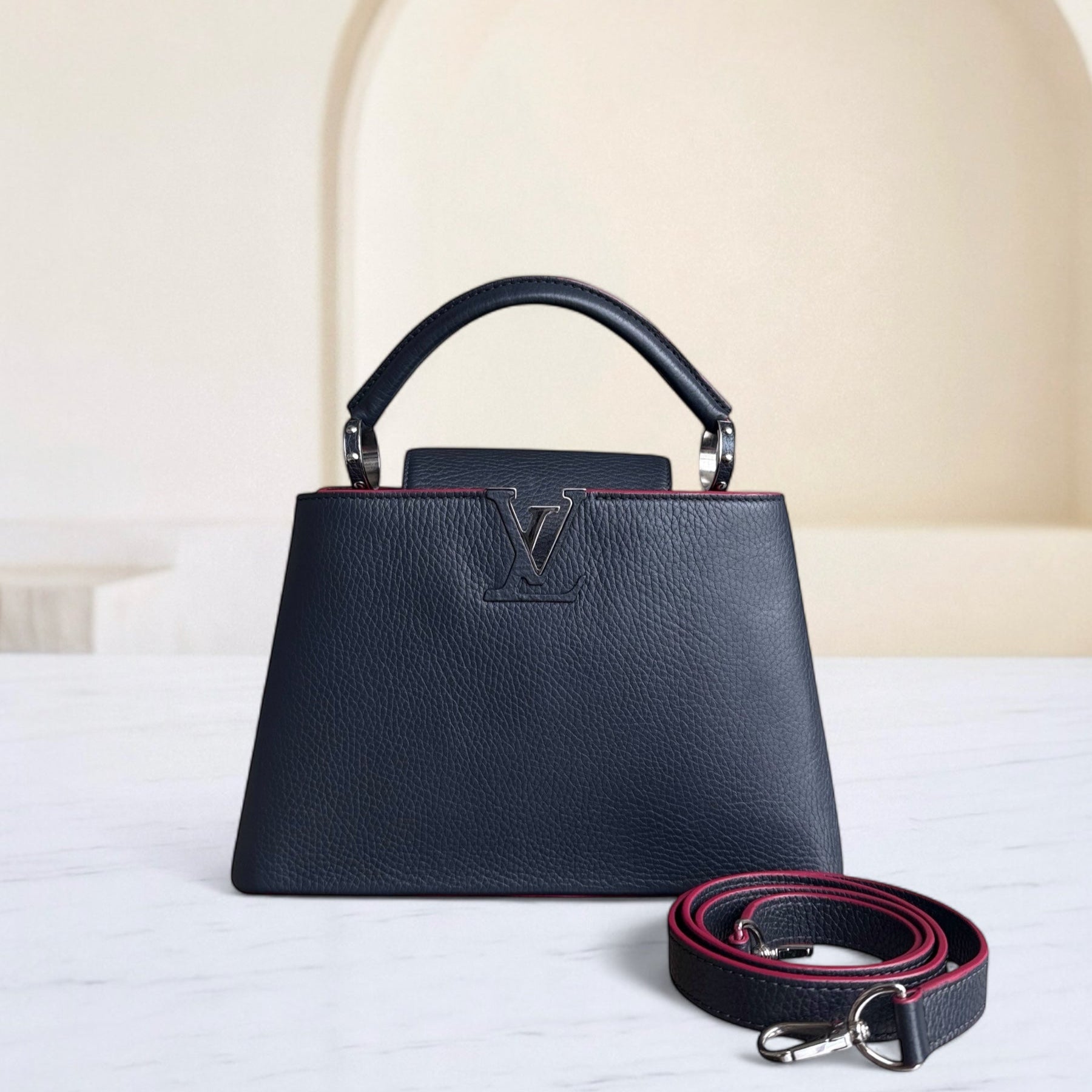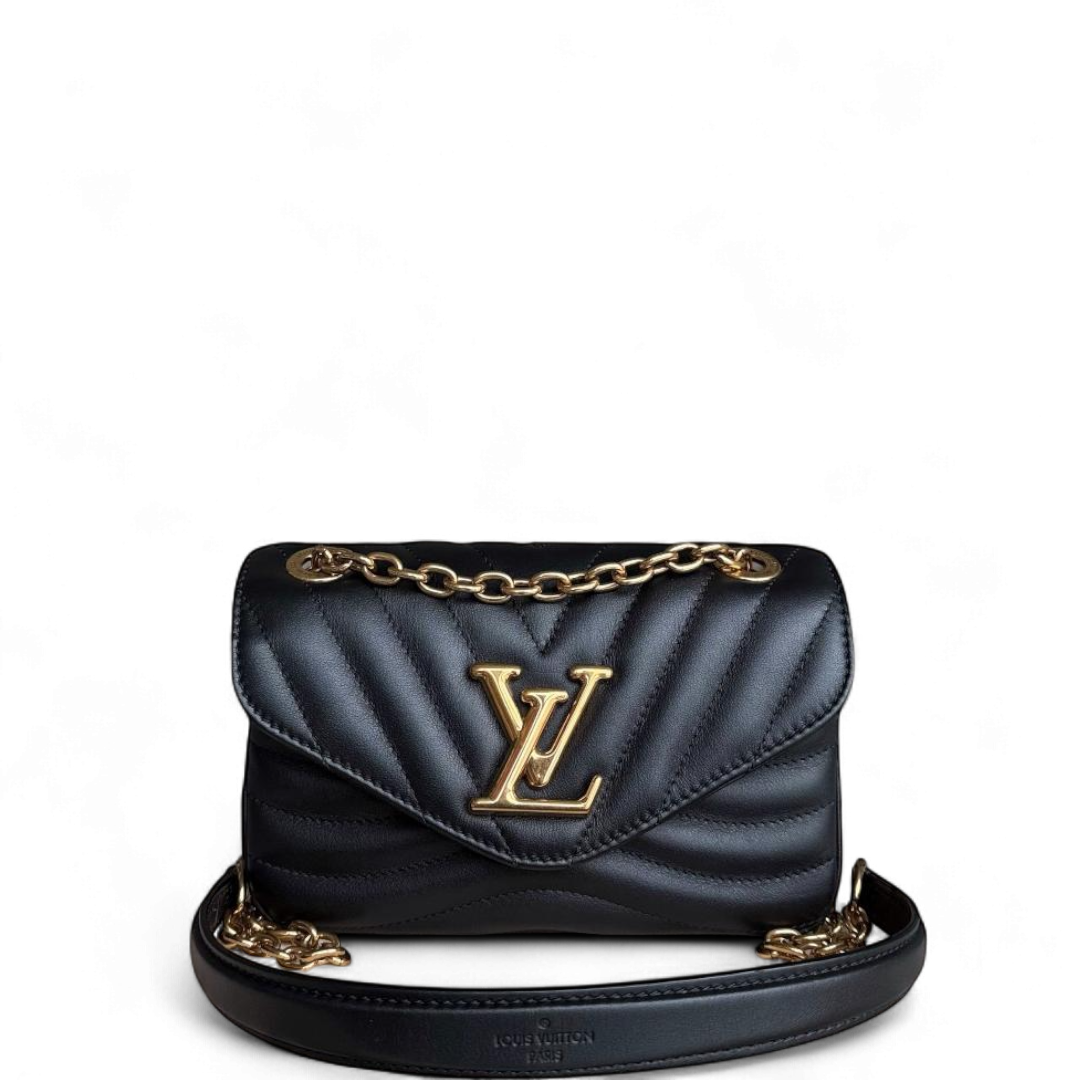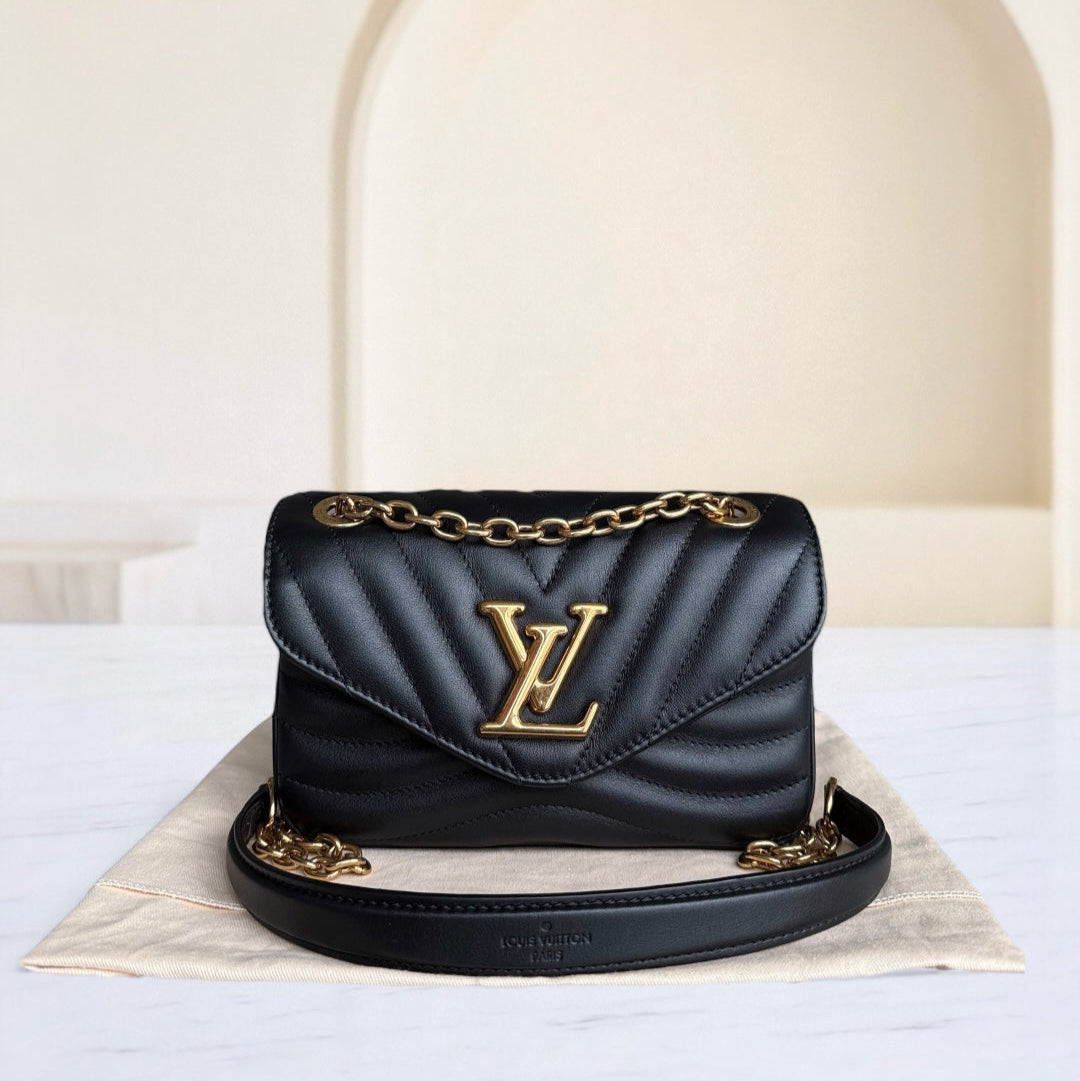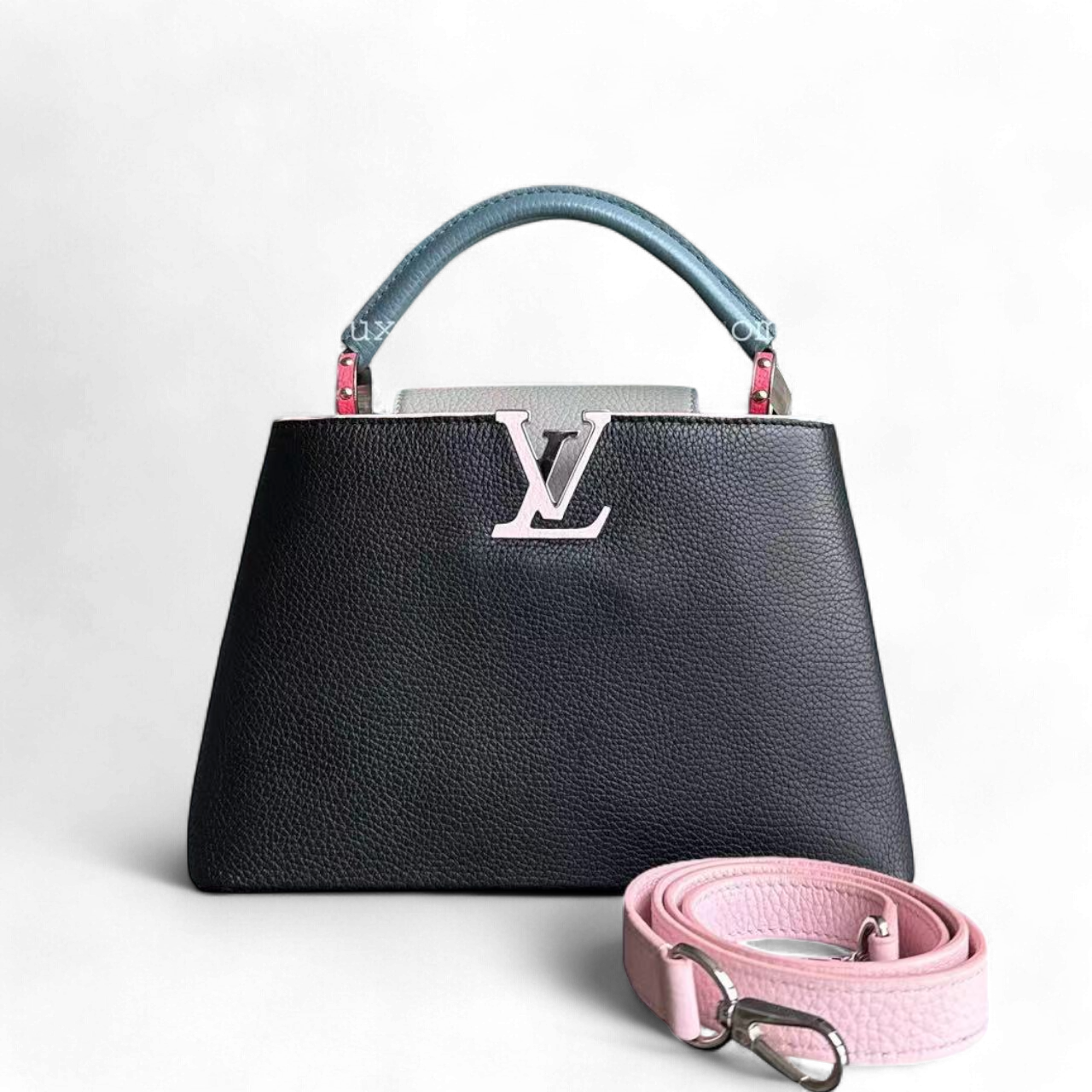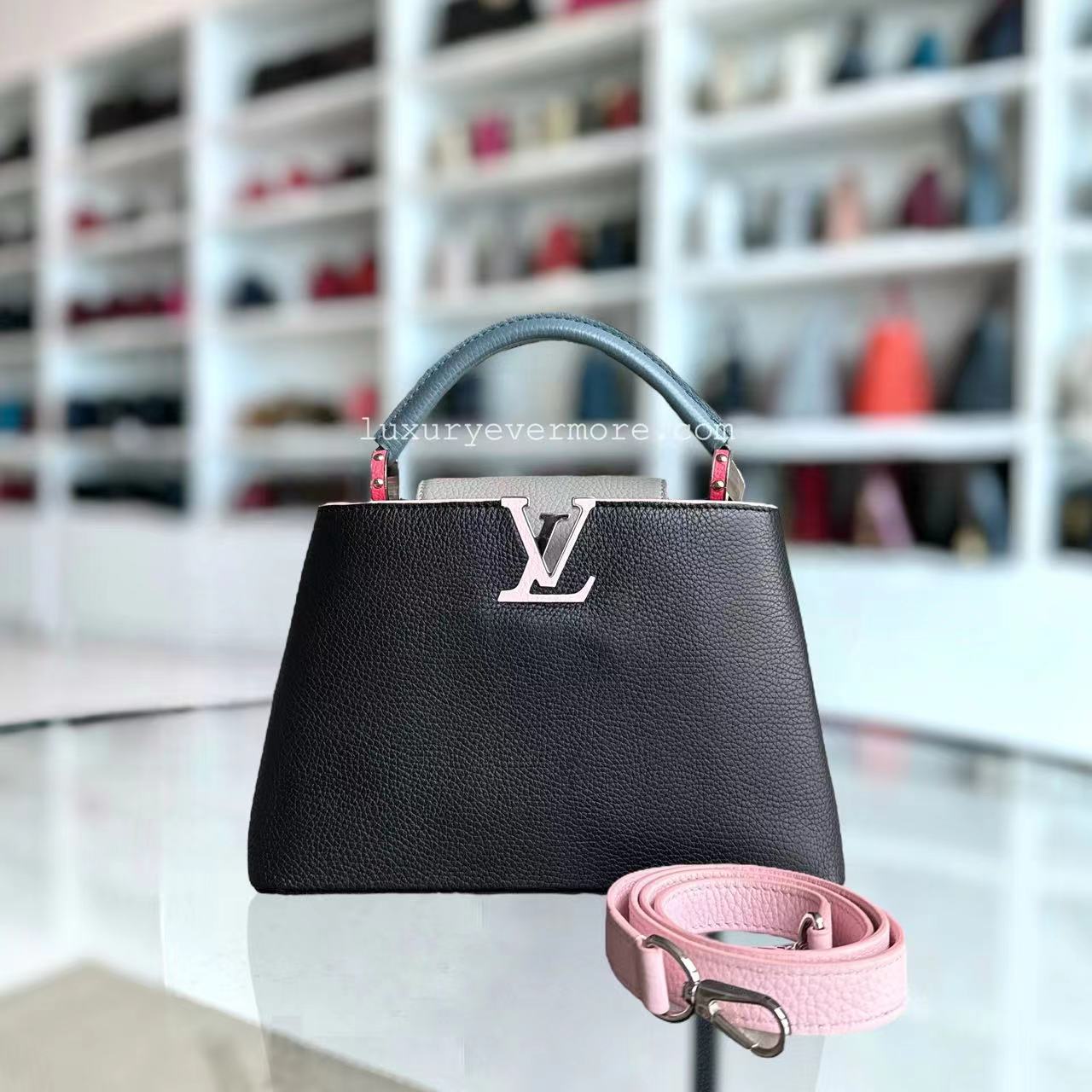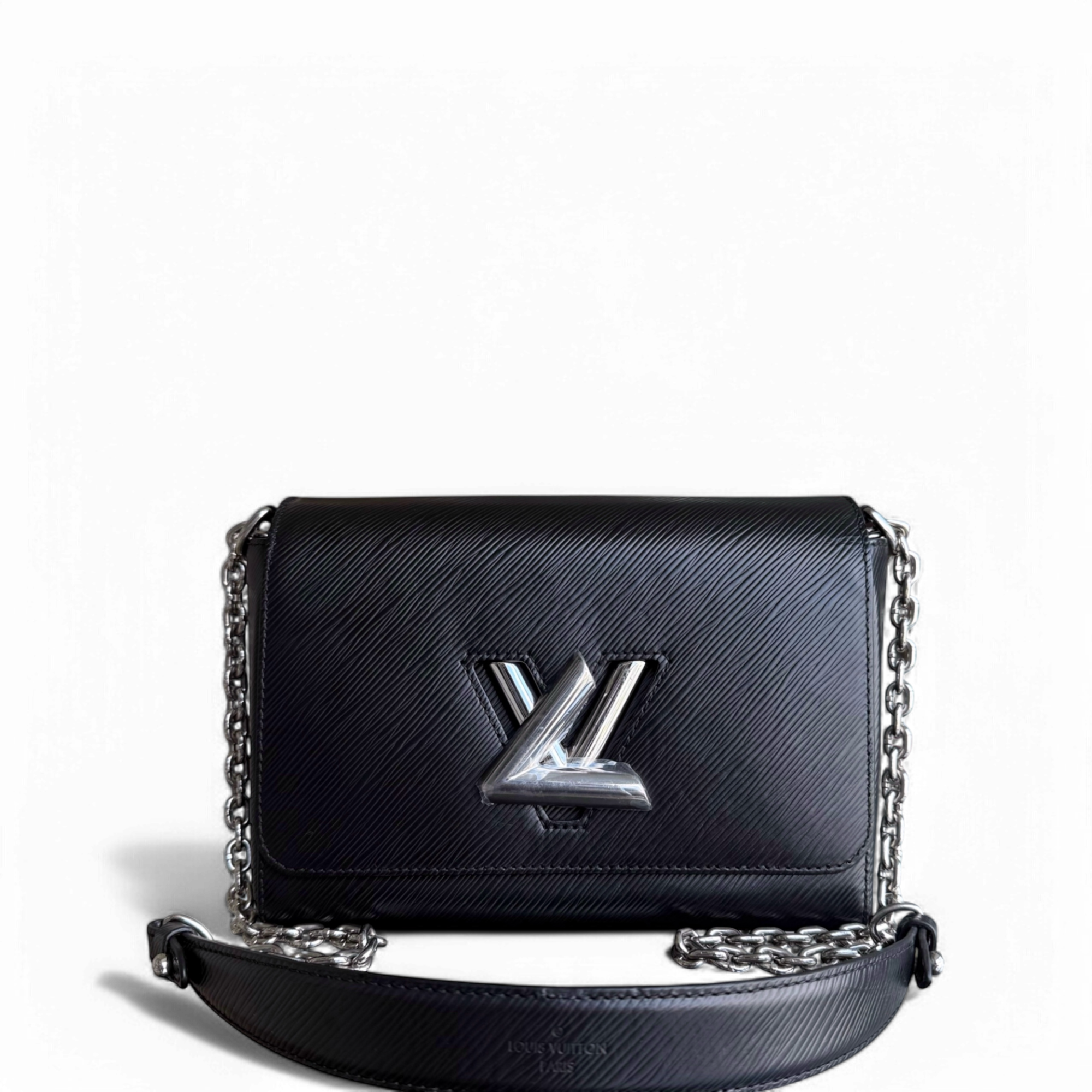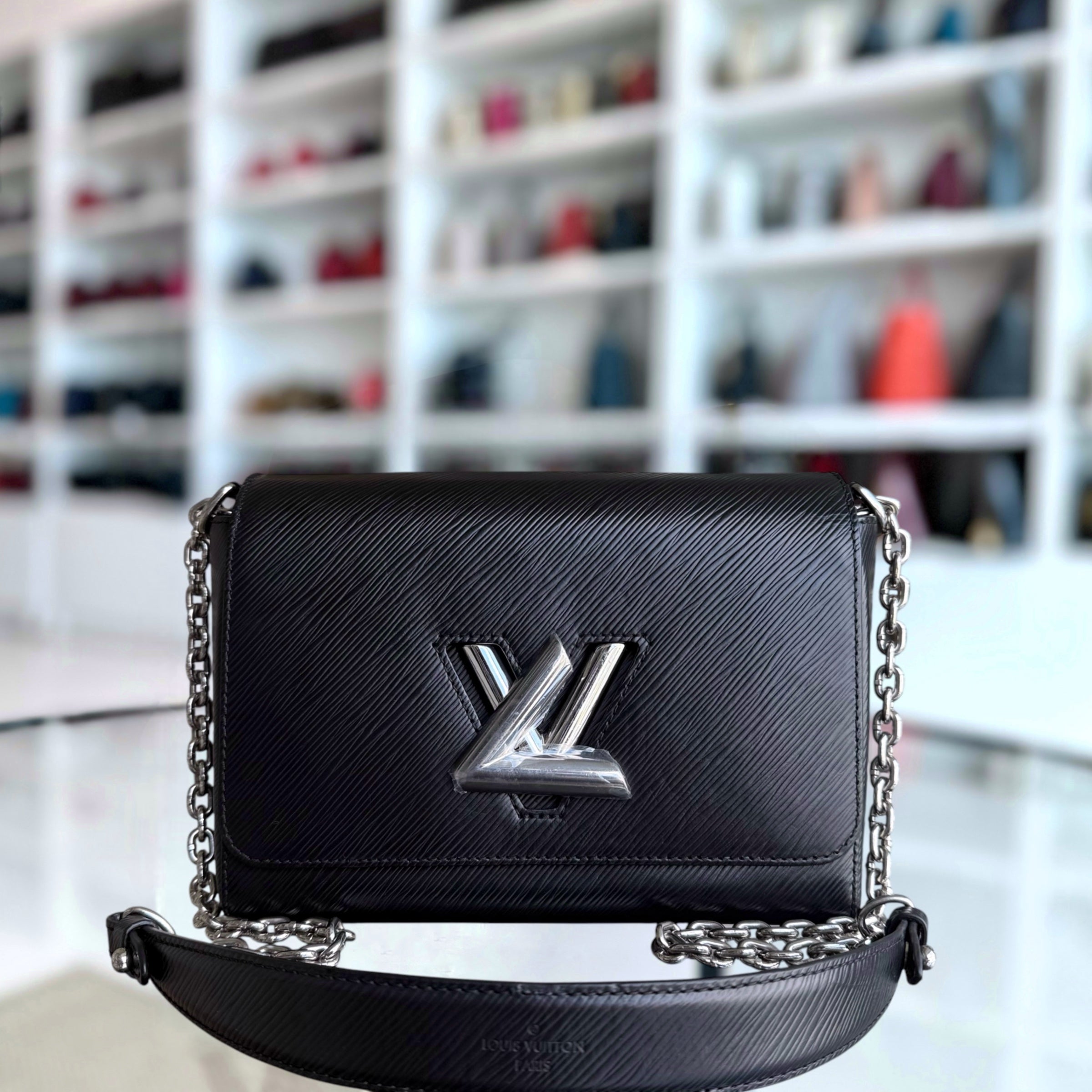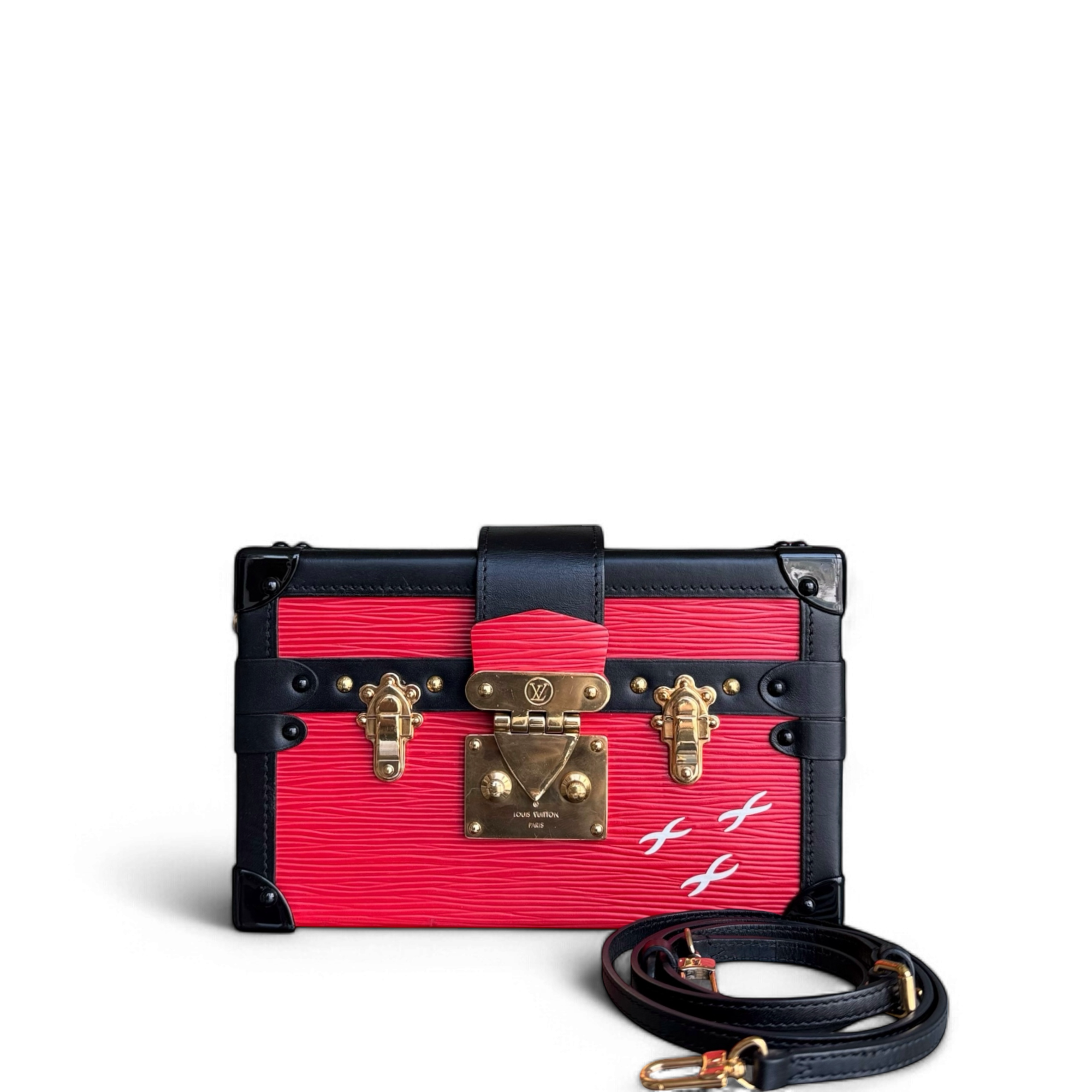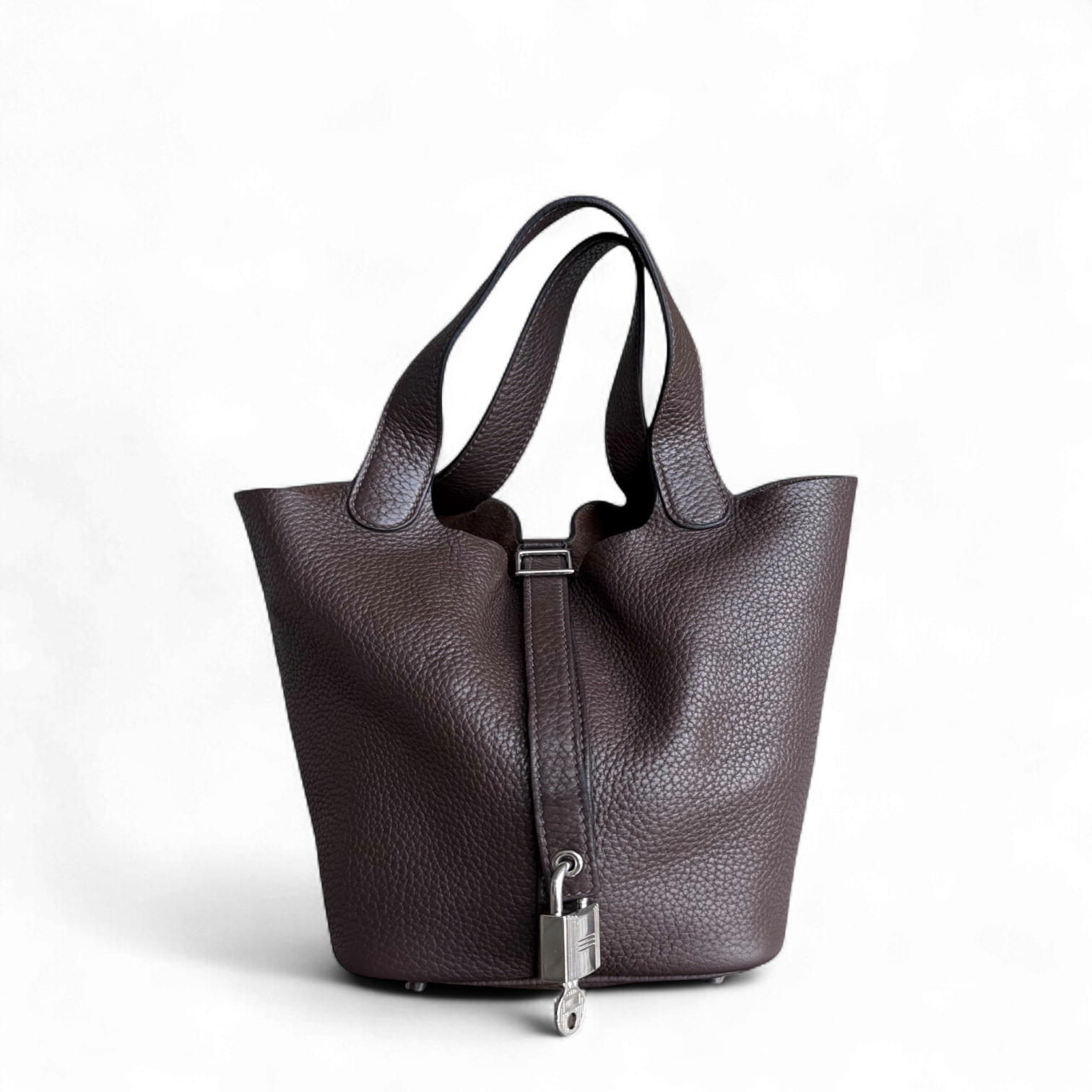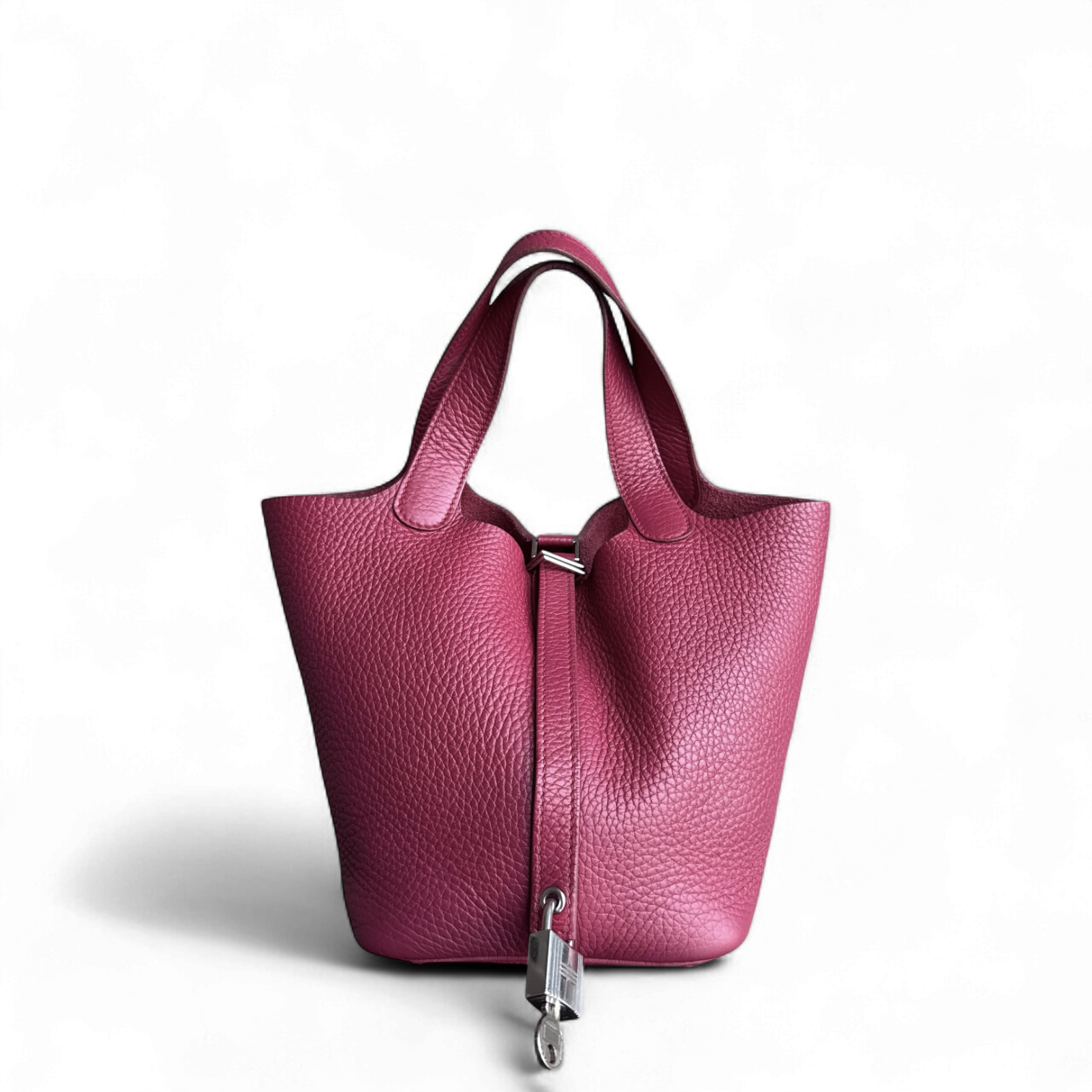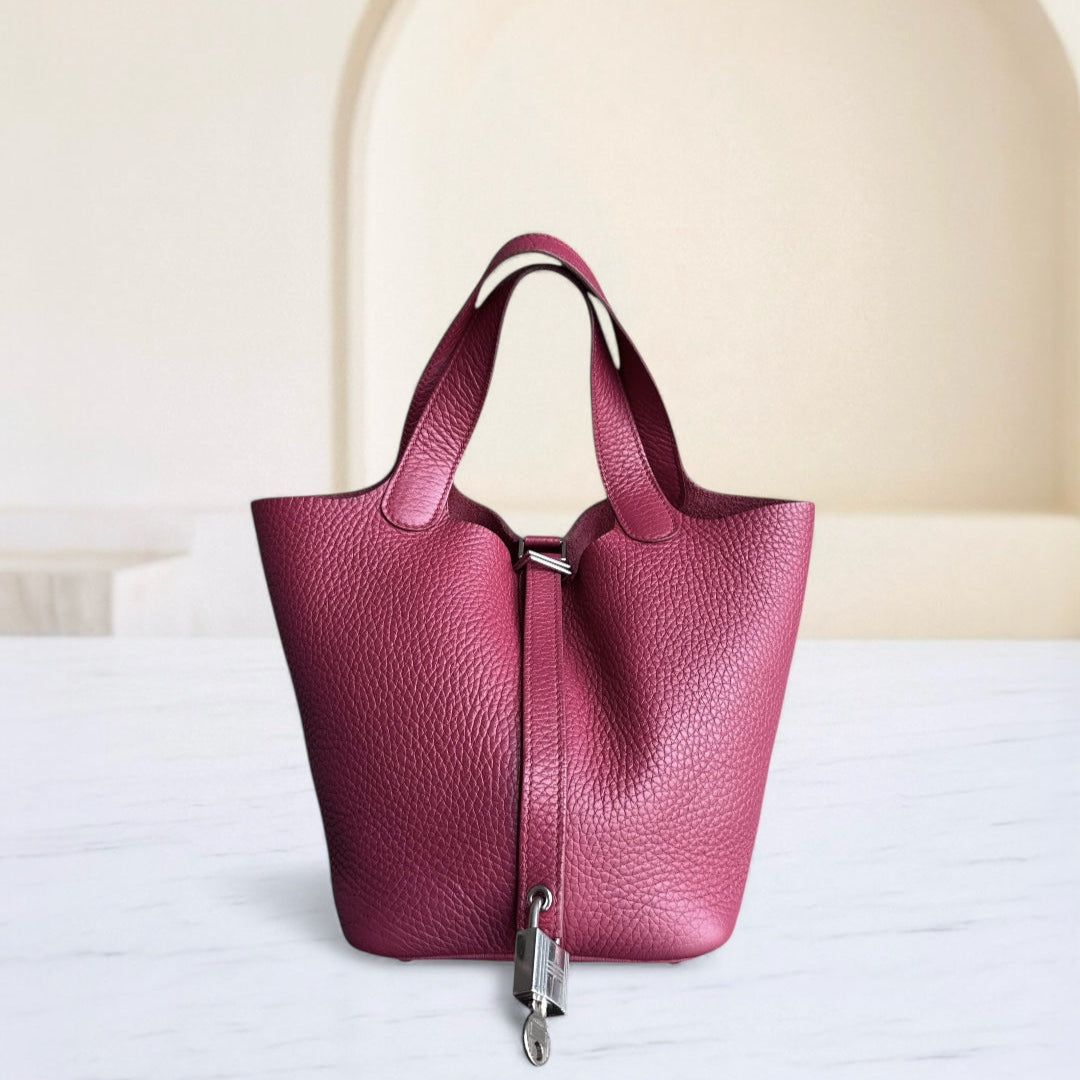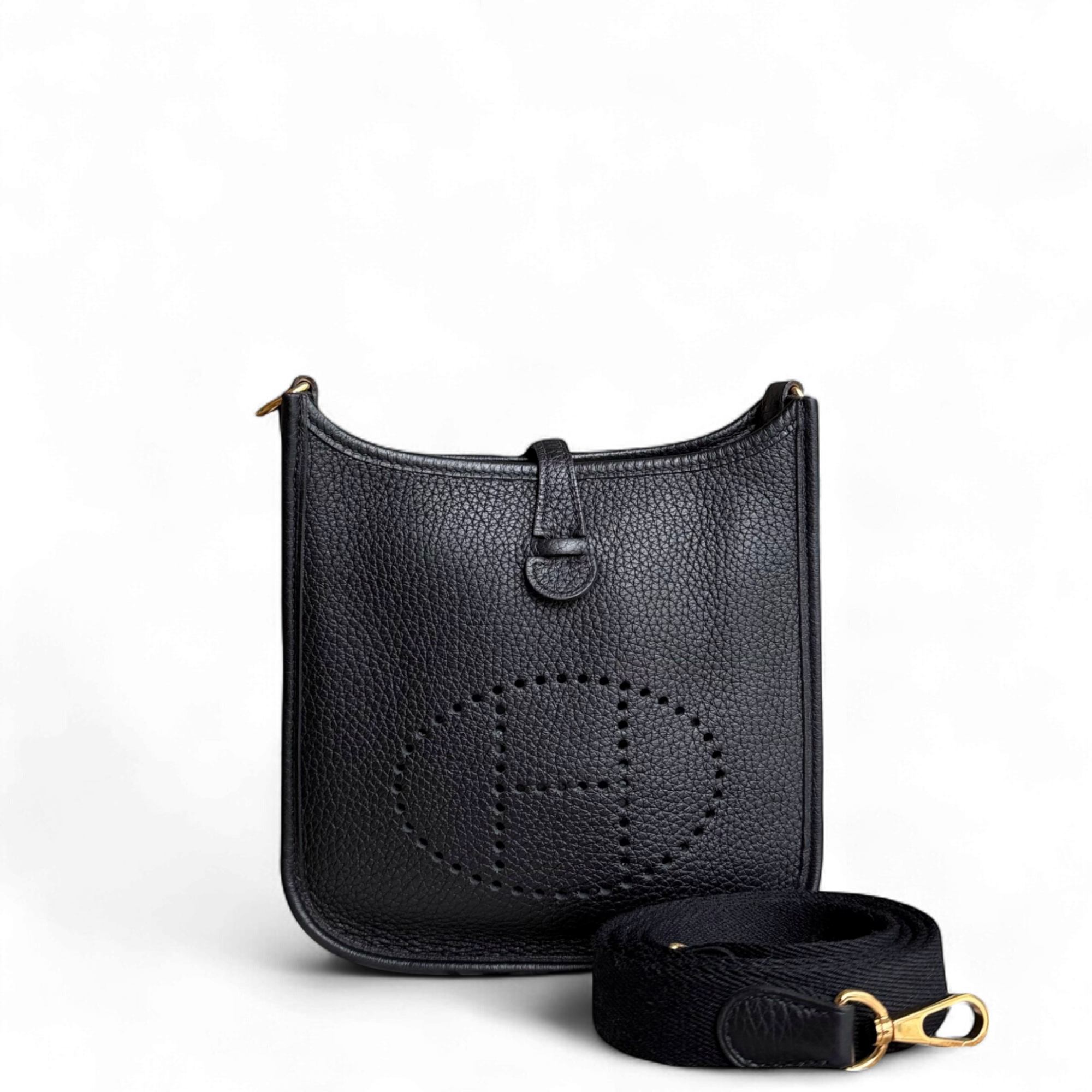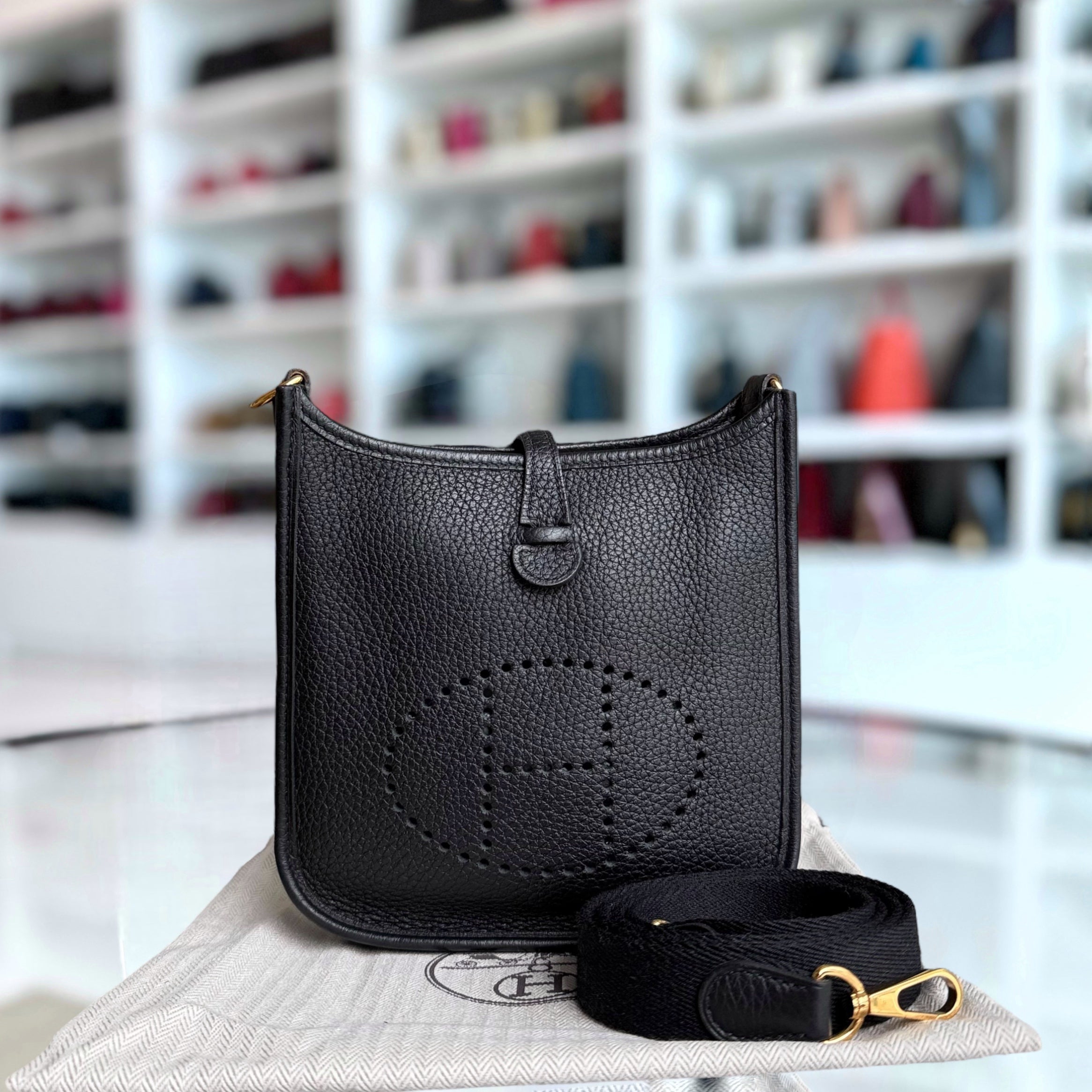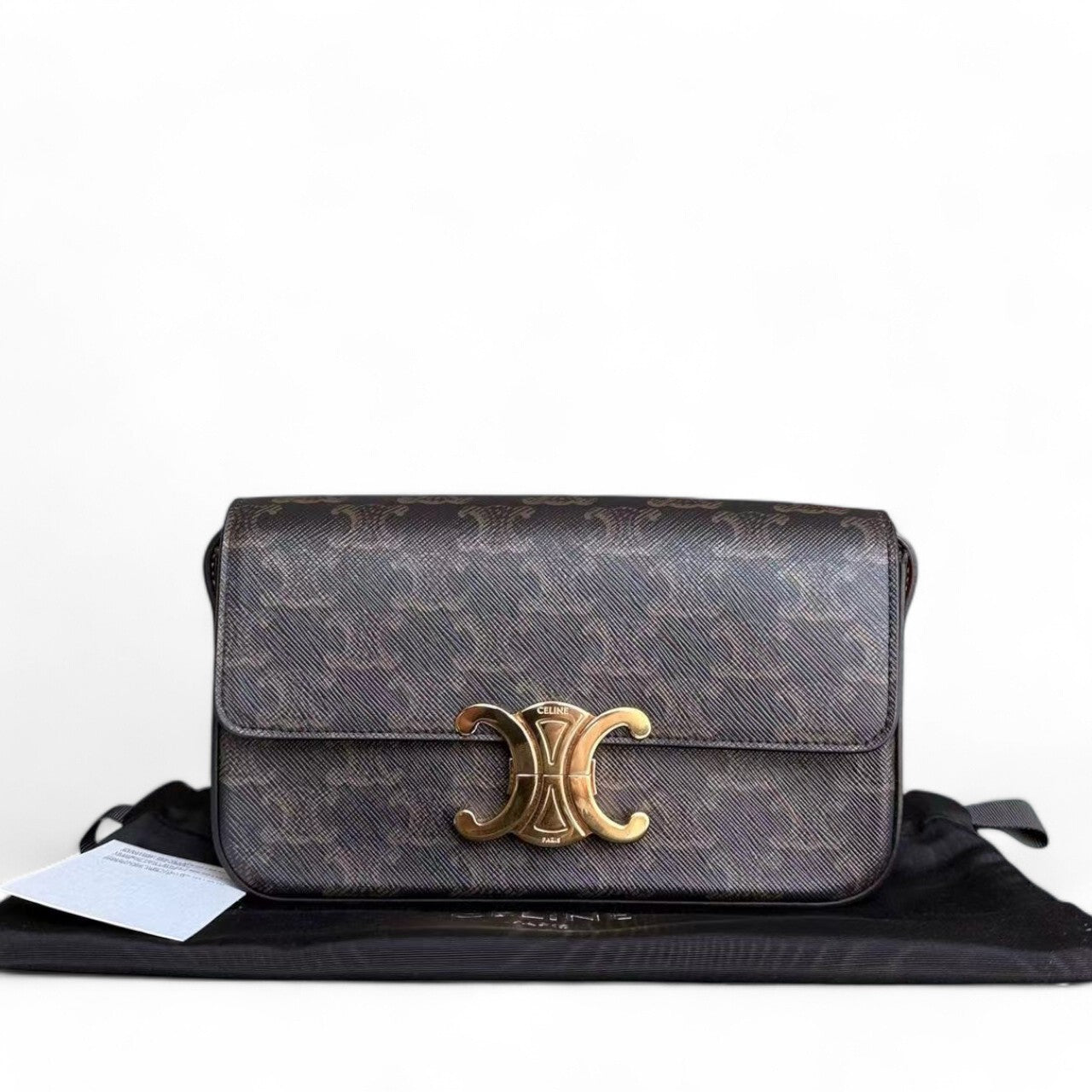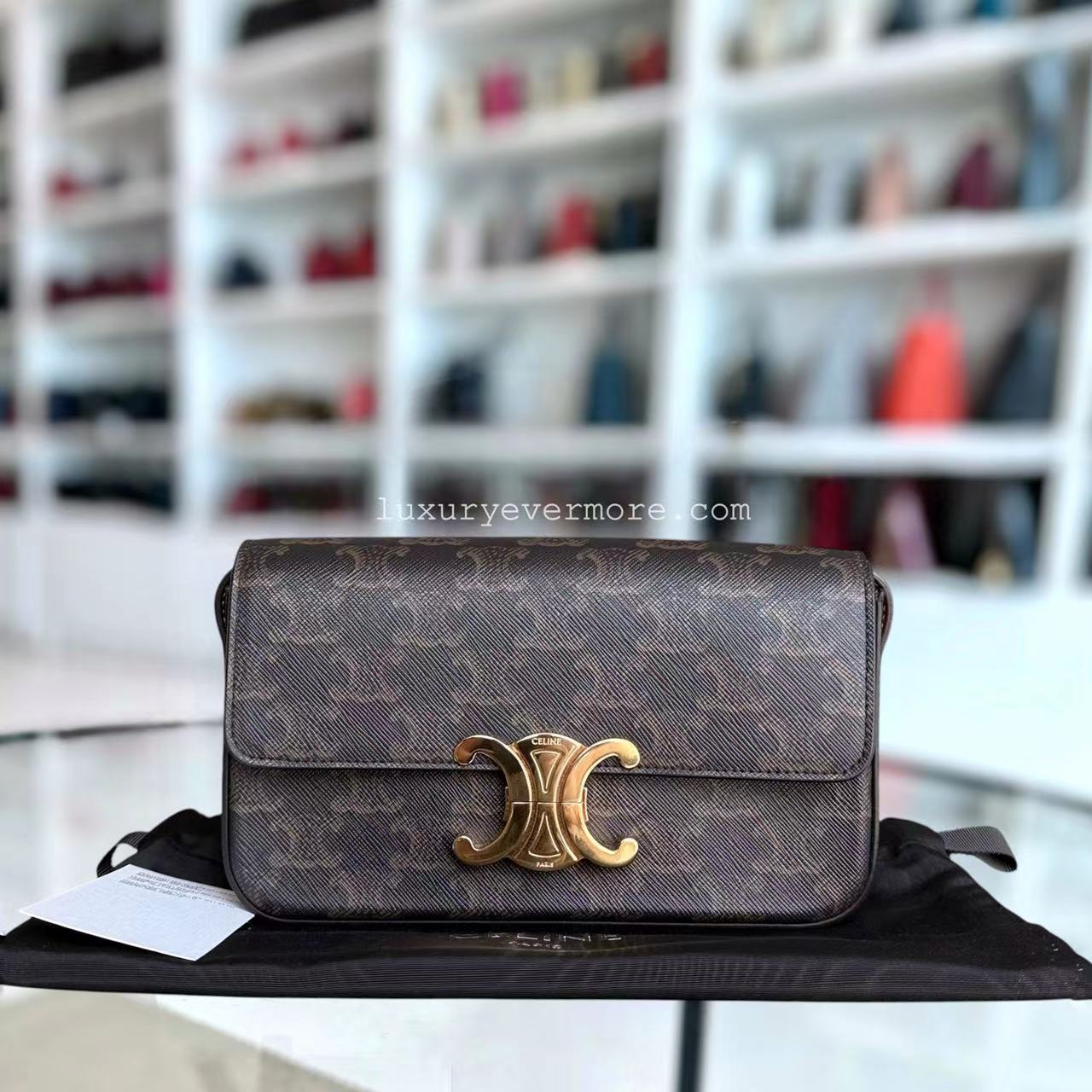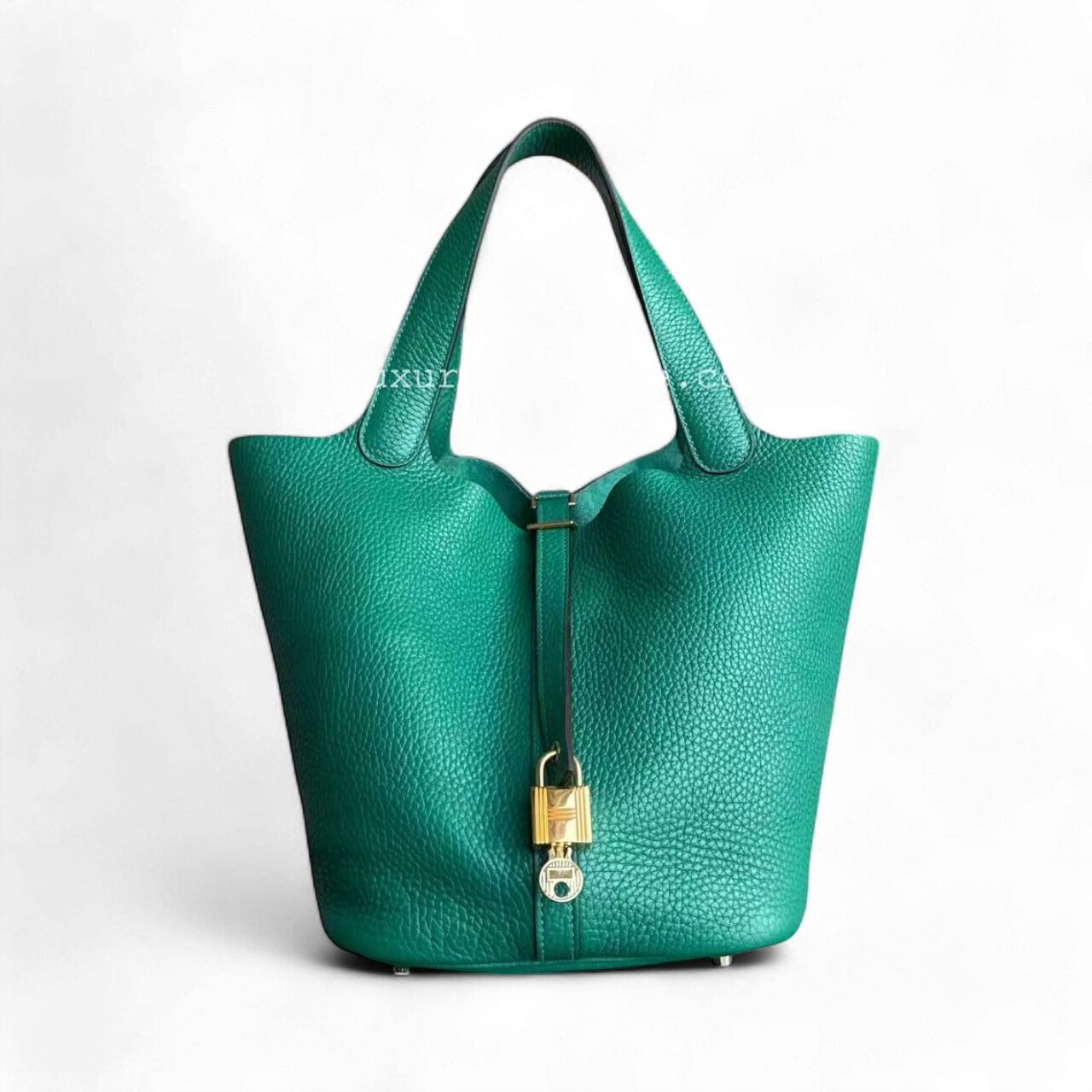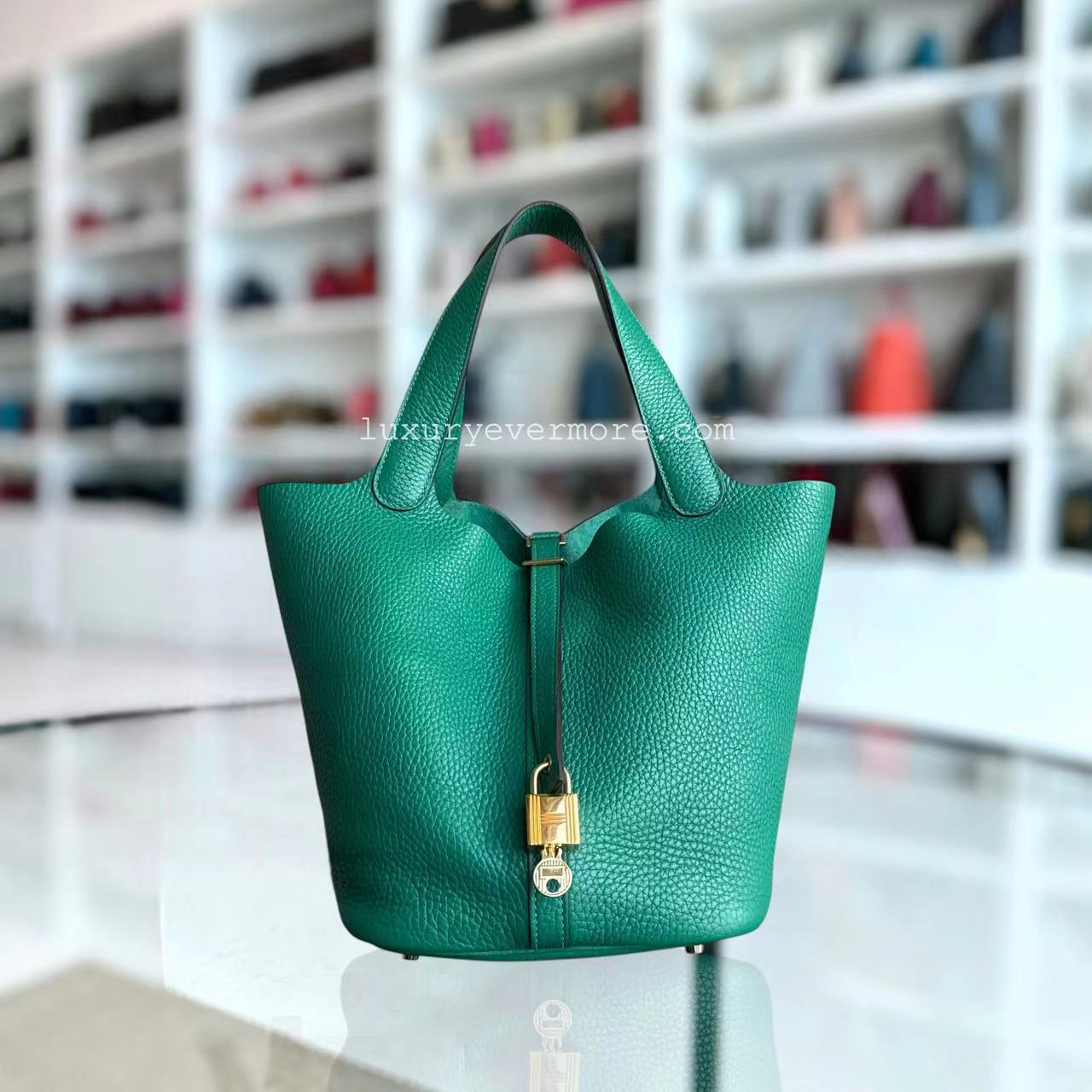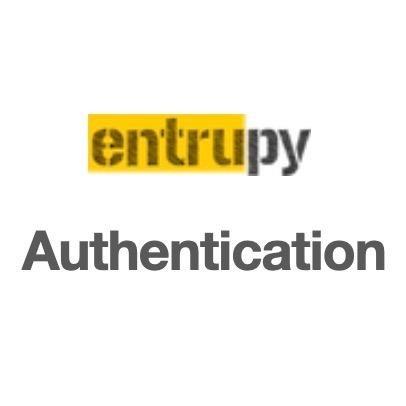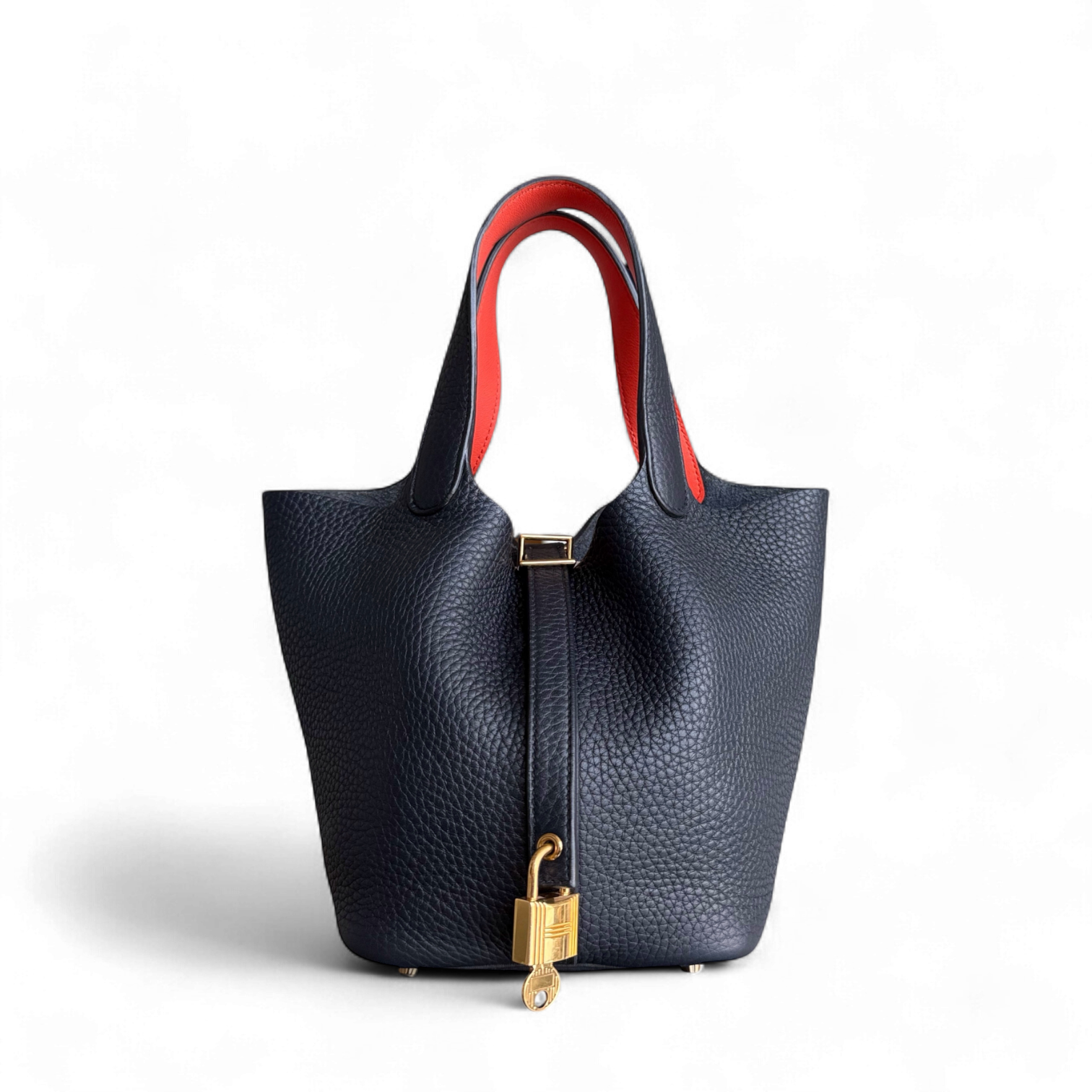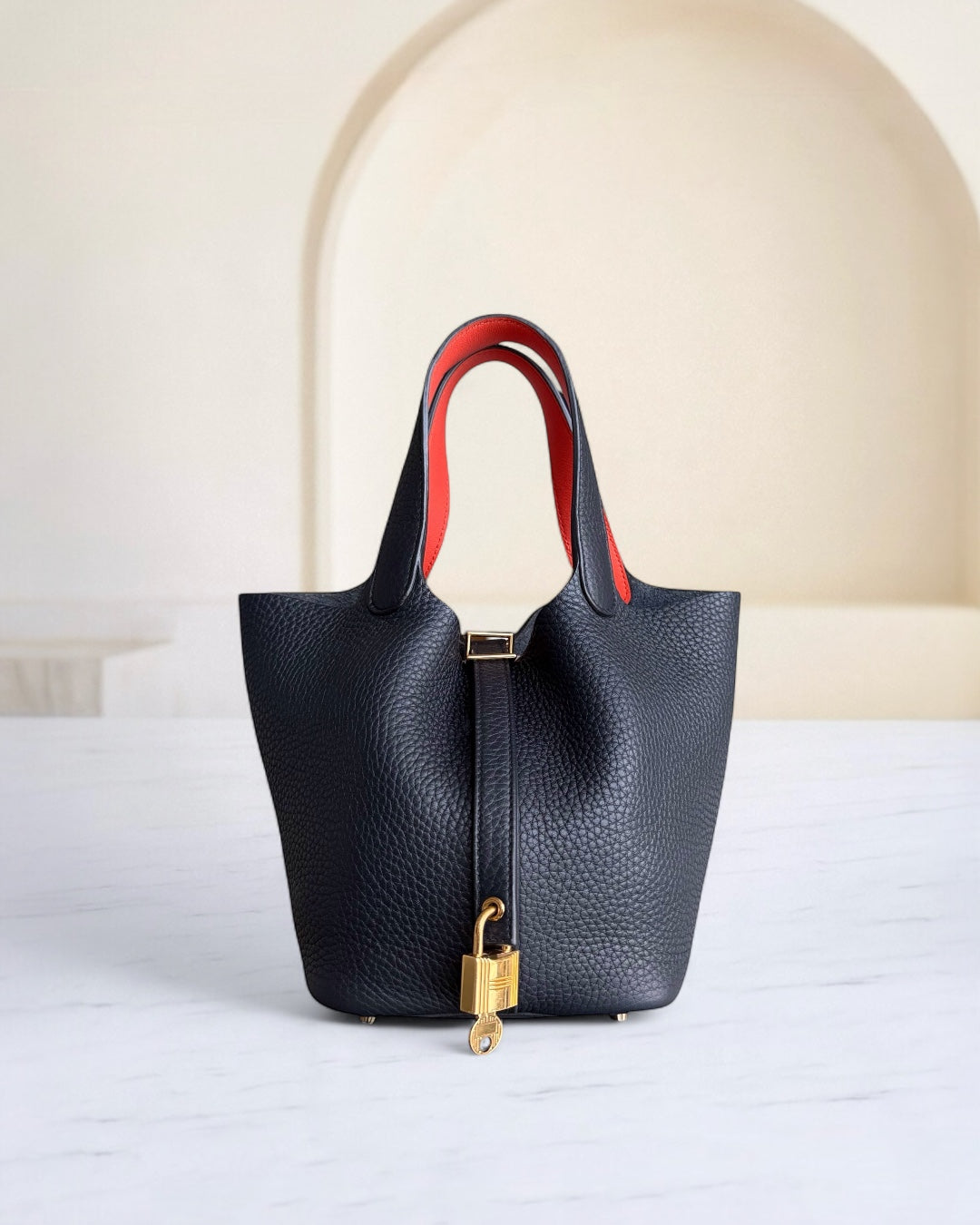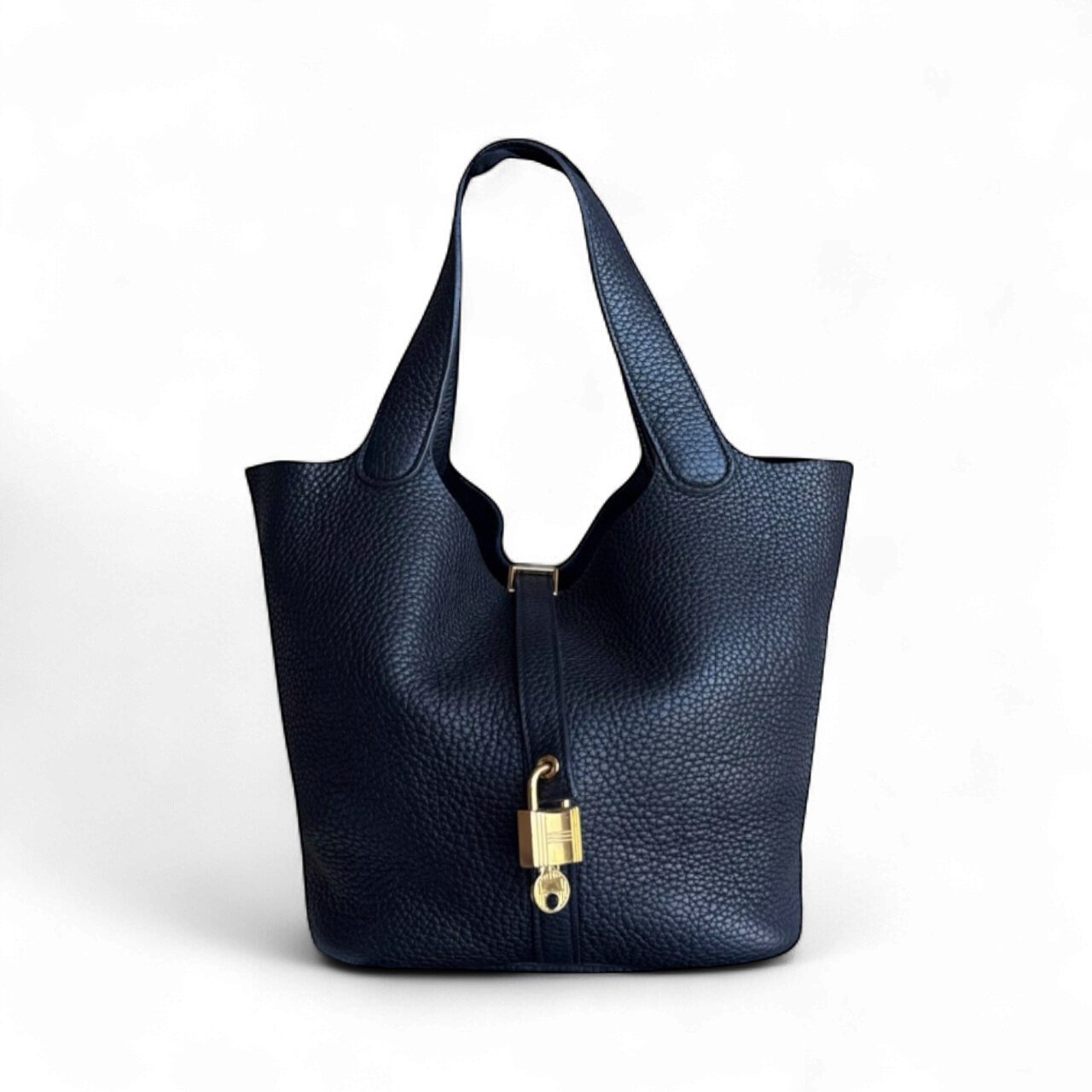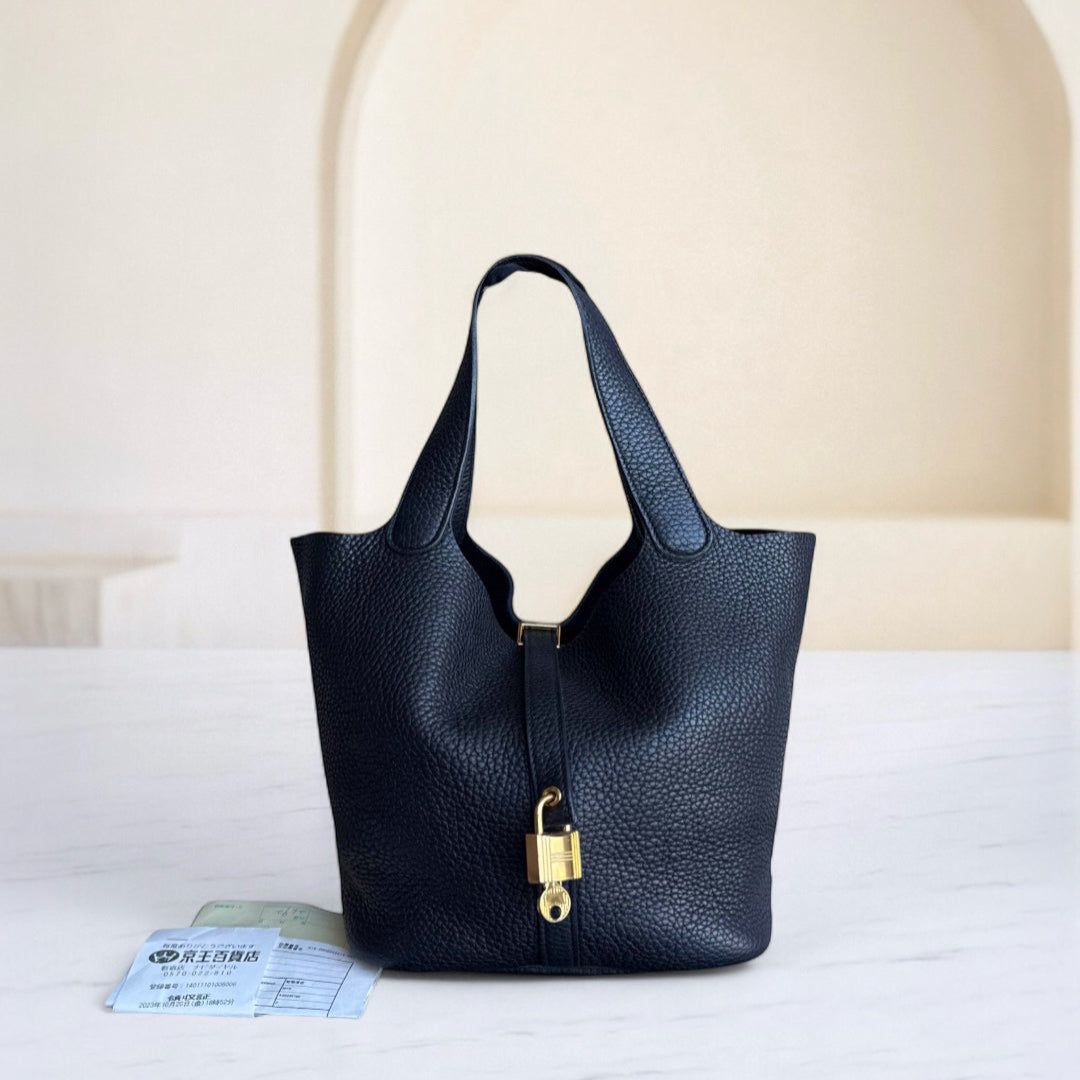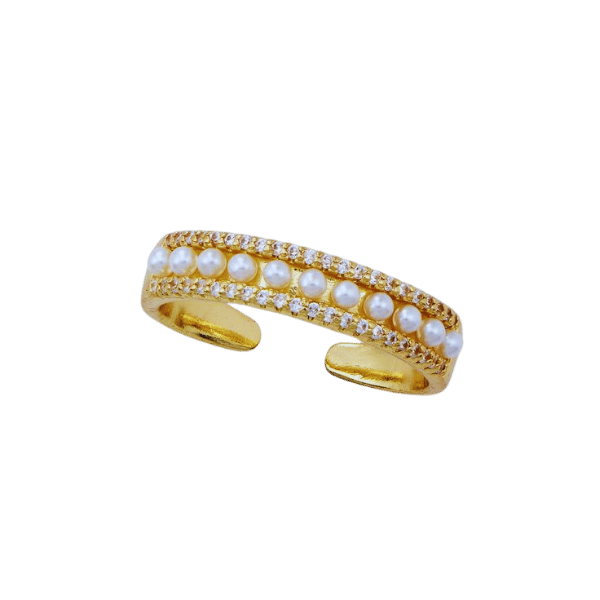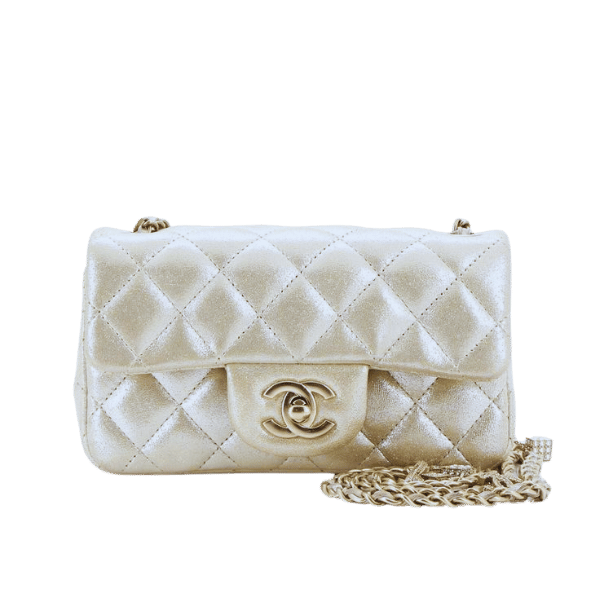How to Tell if a Diamond is Real or Fake: Essential Tips
Recognizing whether a diamond is real or fake can be an essential skill, whether you are simply shopping for one, super into gems, or are a diamond expert. There are better synthetic and simulated confusions of the real gems of diamonds that have become progressive, making it hard for people to distinguish legitimate diamonds from non-genuine ones. This is a detailed essay that seeks to offer assistance in recognizing whether a stone is real or fake. Various truthful and reliable diamond tests will be recommended here, from simple do-it-at-home examinations to sophisticated professional procedures. Thus, once this review is over, you will learn how to assess the quality of diamonds, cuts easily, and whether the diamond is genuine. This will help you buy diamonds only where complete information about them is provided.
How Can You Tell If a Diamond is Real Using Simple At-home Tests?

- The Fog Test: Try breathing on the glass and create a fog. If the fog disappears within one to two seconds, the chances are that the diamond is a real one. Fake diamonds tend to hold the fog for a longer time.
- The Water Test: Fill a glass with water and gently drop the diamond into it. Because of their high specific gravity, real diamonds should sink to the bottom, but fake diamonds may not sink at all and may even float on the surface.
- Inspect with Light: Hold the diamond in the light and detect its flashes. Genuine diamonds scatter light and, therefore, create colorless and vibrant reflections from any decent vertical, which can distinguish between a genuine diamond and one that has not been made in the lab.
- The Newspaper Test: Put the diamond's flat part downward on a newspaper or other printed material. If the text's letters are obvious through the stone, it is most likely a fake, as real diamonds tend to exhibit multiple light reflections.
How to Perform the Fog Test
To conduct the fog test, you simply breathe on the surface of the diamond to create a slight layer of water, just like a breath on a mirror. Look at how quickly it clears up. Almost immediately, a real diamond will become clearer in comparison, thanks to its high thermal conductivity, in contrast to a bogus gemstone, which will need more time for the heat to dissipate from it, a few seconds extra. This is an easy and reliable way of determining whether a particular stone is or is not made of diamond.
What is the Water Test and How Does it Work?
The water test checks how authentic or otherwise a diamond is. The process is initiated by pouring water into a transparent gadget, such as a glass, and dropping the diamond inside to ascertain if the piece is genuine or counterfeit. Authentic diamonds' density rates tend to pull them towards the bottom of the container when immersed, forcing any real one to sink almost immediately. By contrast, fake diamonds or those made from other materials of lesser density, like cubic zirconia and glass, are either buoyant or nearly so when placed in water. Remarkably, this method is minimal and freely available, making it a perfect starting point for diamond testing procedures. However, this approach has its drawbacks in that although the water test will be beneficial, its limitation is that other methods must be used to get a conclusive result.
Using a Magnifying Glass to Spot a Fake Diamond
When using a magnifying glass to find out whether diamonds are real, you have to pay particular attention to the characteristics of the diamond in question. It is a fact that many diamonds contain impurities or inclusions, especially natural diamonds, with such flaws occurring as microscopic cracks or mineral remains within them, and these help determine the gem's authenticity. These inclusions are typically visible under magnification and distinguishable from the flawless interior of synthetic diamonds or simulant manufacturers. Moreover, one can say that in a real diamond, faceting has clear-cut and sharp edges. In contrast, false material is cut in a more curved fashion or less short of it, and this is attributed to the differences in the material's hardness.
Another key parameter is "brilliance" or light performance with a specific magnification. Due to their high refractive index, real diamonds can usually give a distinct brightness called "fire". Light can even be diffracted into its spectral colours when it passes through real diamonds. In the case of simulants, such effects may be too pronounced, bright, and have other additional 'rainbow-like' effects. At the same time, they are significantly different from natural stones, in which exact flashes are distributed. When folded with other tests, such magnifying glass features make it very useful in distinguishing natural diamonds from fake ones.
What Professional Methods Confirm a Real Diamond?

Understanding the Role of a Diamond Tester
A diamond tester is a device that aims to check diamonds by using thermal or electrical properties tests to help define long-lasting diamonds. This is because the durable molecular structure of real diamonds provides this unique thermal conductivity. It is an art that diamond testers have perfected. Nowadays, it is normal to have testers for diamond testing that incorporate both thermal and electrical forms, which makes the test process even more stringent compared to the earlier systems, minimizing false positives from thermoconducting specific Moissanite and other simulants.
The usage of such devices is a simple process; very few may cause harm to any of the readers. Touching the probe of the device along the surface of the rock can be used to gauge and give you instant results. The enhanced models also include digital screens, sound signals, or even safety measures to eliminate chances of operator errors. However, it is worth noting that while the diamond testers are suitable for the preliminary surveys, they are often used in conjunction with other testing methods, mainly the advanced ones such as microscopic analysis, spectroscopy, and the like, to know for sure. The surest way of differentiating ‘real’ diamonds from simulants is to apply all the relevant tests.
How UV Light Test Helps Verify Authenticity
Diamonds, having unique optical properties, particularly the ability to fluoresce under UV radiation, are very common. Many natural diamonds emit light in response to UV light and often a blue color, which turns each diamond into a UV-reactive element. It can be observed that natural diamonds respond rather intensely under specific fluorescence in approximately 25-35% of such stones. This can provide information specific to diamonds in this category versus other types, such as synthetic or stone equivalent to Moissanite, which also do not fluoresce.
In such cases where a UV light test is conducted, a professional UV lamp that can work under natural and short-wave modes is necessary. The natural diamond fluoresces in the same consistent way, but synthetic ones sometimes fluoresce in a scattered way or are unresponsive. Such differences in their growth structure tell the gemstones apart. Every reader must remember that it is not enough to consider the diamond fluorescence to determine whether a diamond is natural or man-made. It is possible that incorrect conclusions will be made or the results will be ambiguous, more so if one is inspecting a diamond that has been enhanced or is a lab-grown one.
Recently, when analysing diamonds, a practice has arisen in which new technologies are used for assessing and verifying the quality of an unknown item, including identification methods. The use of sufficient skills prevents most errors in identifying and concluding all the rocks recommended by science professionals.
Why Consult a Diamond Expert?
A diamond specialist offers a calibrated appraisal that confirms a gem's grade, origin, and genuineness. Such consultants wield precision instruments that unmask undisclosed enhancements, lab-grown lineage, or microscopic irregularities invisible to most observers. Their findings deliver an authoritative valuation, empowering buyers or sellers to proceed with certainty rather than conjecture.
How Does a Real Diamond Compare to a Fake Stone?

Differences Between Natural Diamond and Cubic Zirconia
|
Parameter |
Natural Diamond |
Cubic Zirconia |
|---|---|---|
|
Material |
Carbon |
Zirconium dioxide |
|
Origin |
Natural |
Synthetic |
|
Hardness |
10 (Mohs scale) |
8-8.5 (Mohs scale) |
|
Brilliance |
High |
Moderate |
|
Fire |
Balanced |
Rainbow-like |
|
Durability |
Very high |
Prone to scratches |
|
Cost |
Expensive |
Affordable |
|
Longevity |
Lifetime |
~2 years |
|
Appearance |
Natural inclusions |
Flawless, artificial |
|
Value |
Retains/increases |
No resale value |
Do Diamonds Disperse Heat Differently?
Yes, the diamonds possess the property of conveying heat in quite a different way, unlike most materials. Diamonds conduct heat extraordinarily well, which allows them to conduct heat in ways far beyond what can be achieved with artificial objects such as cubic zirconia. Due to this nature, diamonds are not simply rendered useful for ornaments; they are also available for the heat transfer generator industry requirements.
What Are Reliable Signs of a Genuine Diamond?

Can a Diamond Refract Light in a Unique Way?
Indeed, a diamond has its special ways of refracting light. Diamonds have a high refractive index; thus, they can significantly change the direction of a beam of light in and out of the stone. A professional cut enhances such a feature, making the diamond’s luster and fire more intense. This is why diamonds are superior to other crystals and materials in terms of optical characteristics.
Is a True Diamond Likely to Sink in a Glass of Water?
Yes, a real diamond sunk in a glass of water is most likely due to the nature of diamond's actual density. A diamond's density reportedly stands at an estimated 3.5 to 3.53 grams per cubic centimeter, about three times the density of water, about 1 gram per cubic centimeter. As a result, a mineral diamond will be heavier than a volume of water and float no less than down to the bottom when dipped in water. Such a feature is frequently checked to confirm what gemstones are on a piece of jewelry, a day-to-day piece of equipment to be in a drum kit, a guitar amplifier, a peror dress, and all sorts of settings, such as right, left, and bottom. Still, it is not a set way to determine whether one is real.
Learning to Spot a Fake Diamond by Eye
To tell a genuine diamond from a substitute at a first glance, the gem's fire and sparkle become the focal point. A natural stone delivers a blast of white light married to flashes of colored rainbows. Artificial counterparts tend to show a flatter glow, lacking that delicate interplay. Your eye may also catch specks or wisps inside a real diamond- those subtle inclusions are its fingerprint. Most imitations, by contrast, are eerily pristine and give away nothing. A glance at the mounting supplies can also offer hints; authentic diamonds are often secured with gold or platinum that bears a tiny hallmark. These home tests are functional but far from foolproof; only a trained gemologist with specialized tools can deliver a conclusive verdict.
How to Use a Flashlight to Determine if a Diamond is Real?

Steps to Assess Diamond Authenticity with a Flashlight
- Inspect Light Refraction: Position the flashlight directly above the stone and note how the beam bends. A natural diamond, with its steep refractive index, flashes tiny rainbows; a simulated gem sends the light straight ahead without drama.
- Check for Scattered Light: Project the beam onto a blank wall through the stone. An authentic diamond erupts in a chaotic pattern of spots and streaks, while a lab-grown substitute often leaves only a feeble smear.
- Evaluate Transparency: Hold the gem against a printed page and illuminate it with the torch. Genuine diamonds twist the letters into a fog of scintillation, and the text becomes nearly impossible to read; fakes, in contrast, allow the words to remain clear or muddied yet decipherable.
- Assess Light Reflection: Turn the stone slightly to see how its facets behave like miniature mirrors. Real diamonds flash pure white first and then bloom with bursts of color, a ballet called fire; if the display falls flat or is purely dull, the material is probably synthetic or of much lower quality.
- Monitor Conductivity: Position the diamond directly in the light and briefly touch its table with a fingertip. Authentic diamonds dissipate heat remarkably well, so the facet will remain cool to the touch almost instantly. The stone is almost certainly synthetic or imitative if the surface warms appreciably during the test.
Interpreting the Results of Flashlight Testing
The flashlight test can reveal whether a diamond is genuine because of certain phenomena that arise due to how it reacts to light and heat. It is usually the case that when the flashlight goes on over the stone one is honestly looking at, a diamond will appear beautifully and very clearly in flashes of brightness and colored stone play due to the quality of its refractive index. On the other hand, if the flashes are merely compliant or change direction clearly at some point, then the object under the test may be a simulant, such as the often derided cubic zirconia, with a refractive index lower than the camera's.
The thermal properties of the gemstone under the belly are likewise considered. Most of the heat, therefore, tends to end up in a diamond’s center. You also don’t expect a step to be heated up even after exposure to a powerful light for some time. Labels that absorb heat rapidly and keep it within themselves are easy to spot as fakes. Even more interesting is that, given that some of the properties are similar to diamonds, they further investigated if a synthetic version of Moissanite does not exhibit any 'rainbow effect', the effect of light, which is again graded, is much less apparent in natural diamonds. Such optical and heat characteristics work as the primary means of diamond evaluation. However, for a complete verification, one must seek a professional gemologist's help.
Frequently Asked Questions (FAQs)
Q: How can you tell if a diamond is real or fake just by looking at it?
A: One way to tell the genuineness of a diamond from the naked eye is to inspect for imperfections common in natural diamonds, such as inclusions that may not appear in fake stones like cubic zirconia and other simulant diamonds.
Q: What is the dot test, and how does it help identify a real diamond?
A: The dot test involves placing the diamond on a paper with a dot drawn on it. If the dot is visible through the diamond, it is concluded that it is not a real diamond since light should have passed through the diamond's facets, making viewing the dot impossible.
Q: How does the water test help determine whether a diamond is real or fake?
A: The water test may test a diamond's authenticity. You take a glass of water, place the diamond inside, and turn it with the top surface level to the bottom edge. A real diamond will compact due to its high weight, whereas an artificial diamond, such as cubic zirconia, will float to the top.
Q: Can a flashlight be utilized to carry out a scam that checks whether an item sold is a diamond?
A: There can be instances where, using a flashlight, one can determine that their diamond is pure based on the manner of lighting. A natural diamond will radiate colorless, and some colored light options will highlight its fiery property, while a synthetic diamond will not do so effectively.
Q: Does UV lighting help tell whether a diamond is genuine?
A: Several real diamonds may fluoresce blue under UV, which could be a good tell of whether a diamond is real, but it’s not the only thing. This would not be the case with stones that are not real, especially with cubic zirconia. The test can be helpful but cannot give the final answer.
Q: How does an authenticity test confirm if an engagement ring features a real diamond?
A: To guarantee that an engagement ring features a real diamond, an authenticity test, such as assessing the diamond properties using various tools, may be done to determine whether the diamond is natural or a replica.
Q: Are there any simple ways found within the confines of one’s home to differentiate genuine and fake diamonds?
A: Other than using the dot and water tests, you can also give a shot at the fog test. Put the diamond near your mouth and exhale on it; a real diamond will not be fogged up for any time because it quickly releases its internal heat. In contrast, a fake diamond will have continuous fogging.
Q: What are some characteristics of a real diamond that are present in its appearance?
A: Real diamonds are usually deigned to have much brilliance since they possess a unique sheen. You can almost always see them, and they have slightly faceted edges. However, a fake diamond usually looks less shiny in these circumstances, and the difference is clear that it is fake.
Q: Would it be possible to establish if a diamond is genuine by looking at its mount or setting?
A: With great confidence, yes, real diamonds are usually attached in meritorious metallic juices, such as gold, platinum, or silver, traditionally engraved 14K or 18K or PT or a particular appropriate mark that verifies the precious item as a diamond.
Reference Sources
Diamonds Are Forever – Whether Manufactured or Mined - A resource from UMBC discussing the nature and characteristics of diamonds.
Contact Luxury Evermore should you need help with acquiring or building up your collection. There is a variety of brands with different styles, as well as sizes and colors, for example, Hermes, which can help you distinguish a real diamond vs a fake one. Chanel, lv and Dior. If you are not lucky enough to find the bag you are looking for on our website then our concierge team will probably be able to order it for you. We provide 100% authenticity guarantee for all our bags, and any item sold on this site will be dispatched to you within one to two business days upon receipt of the payment.
